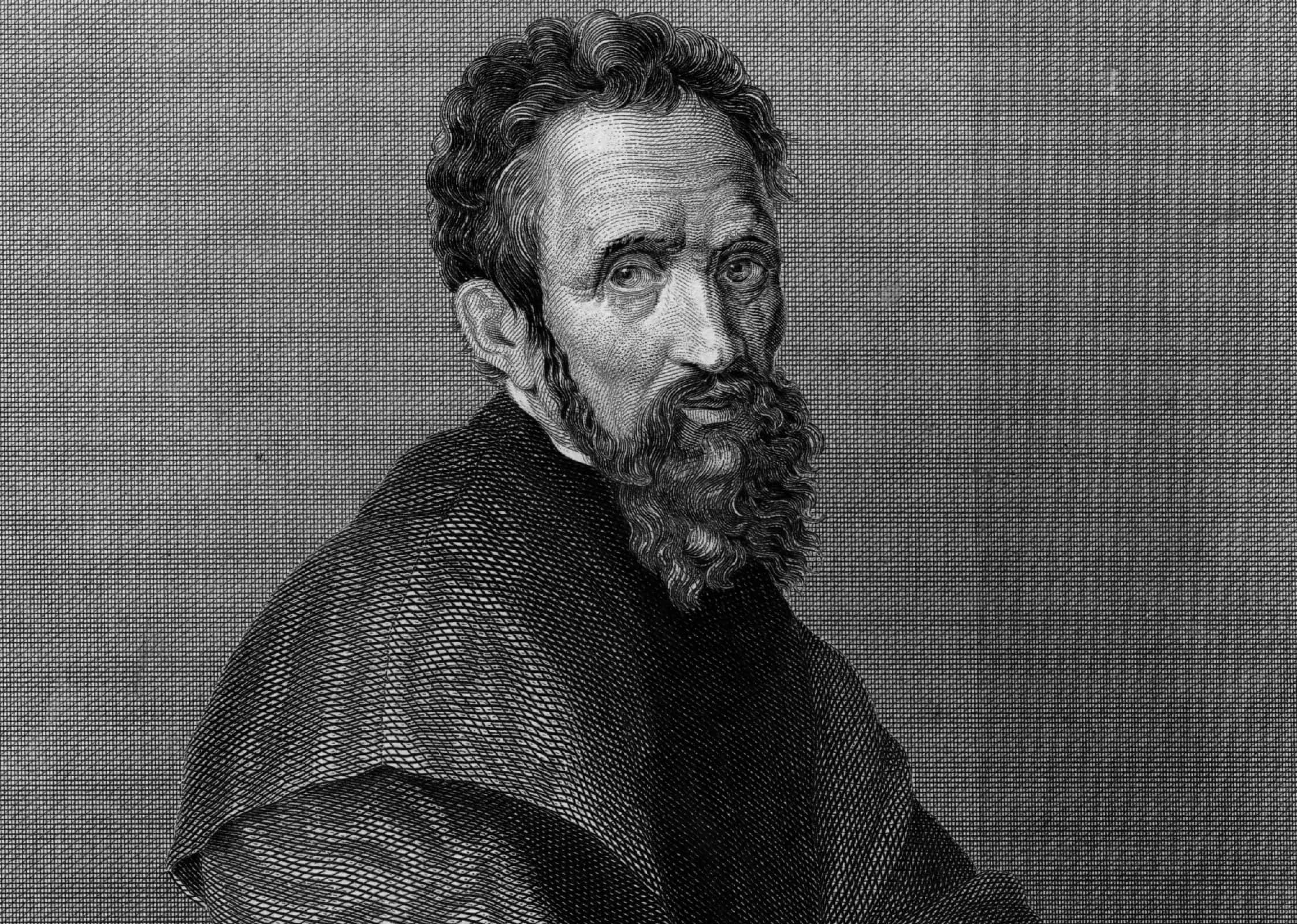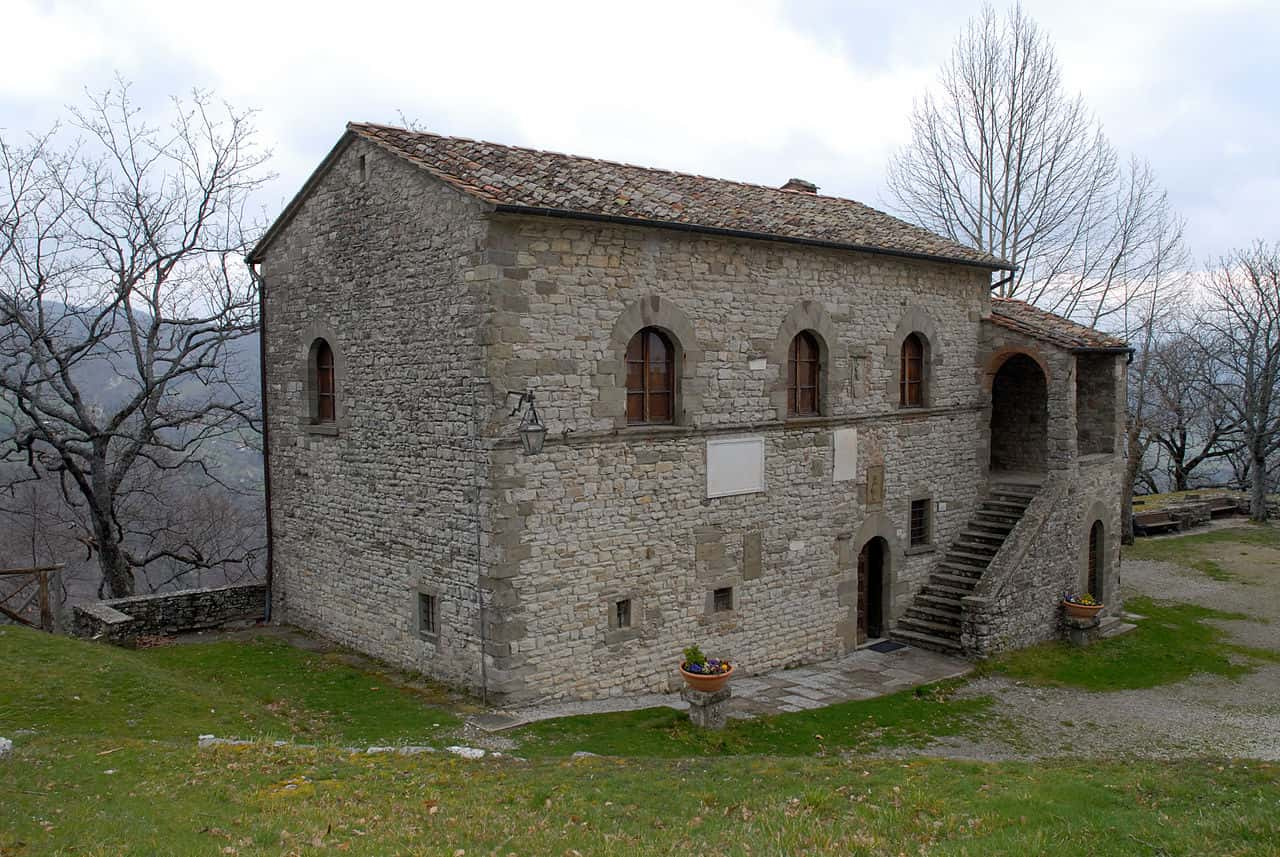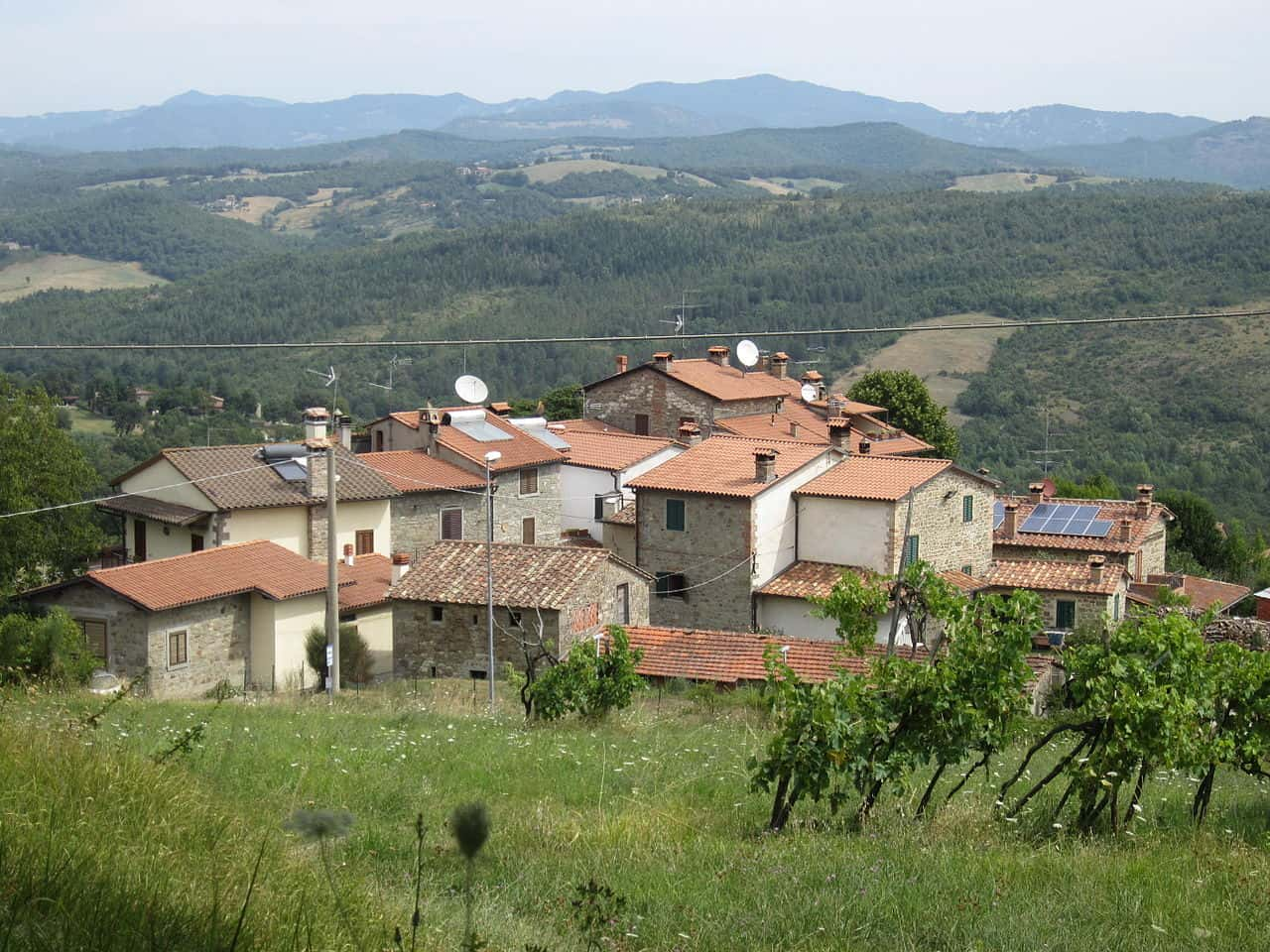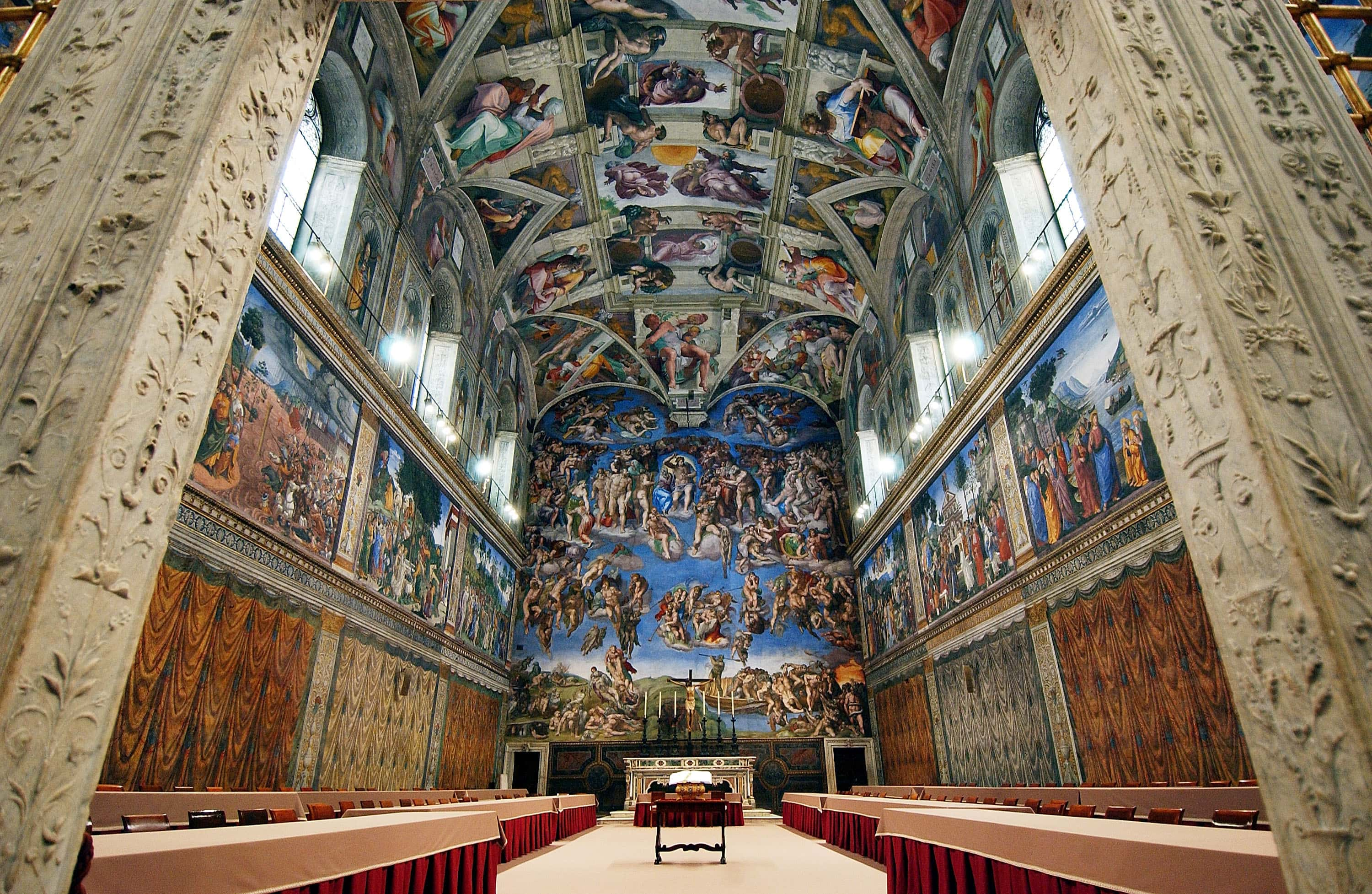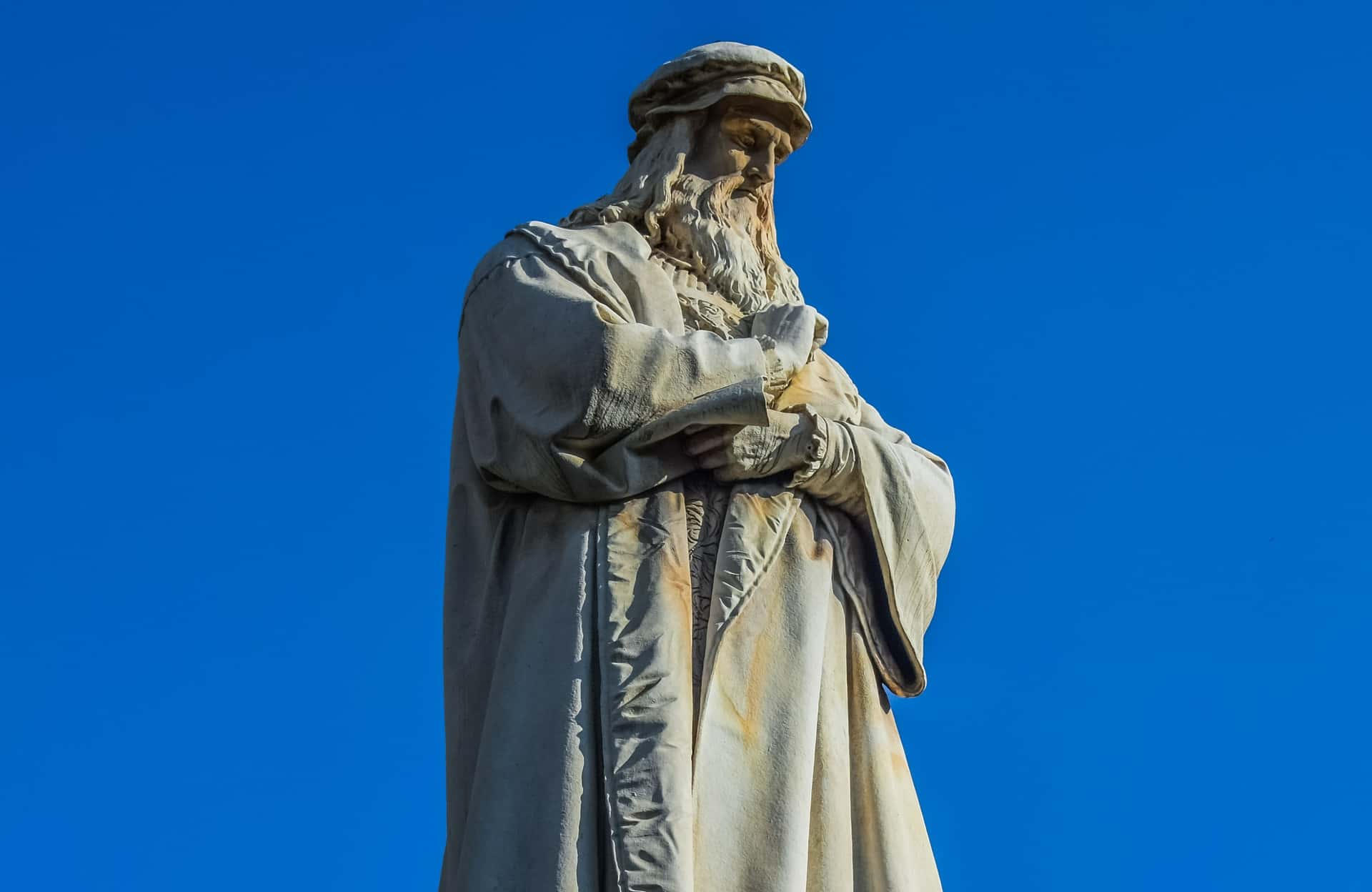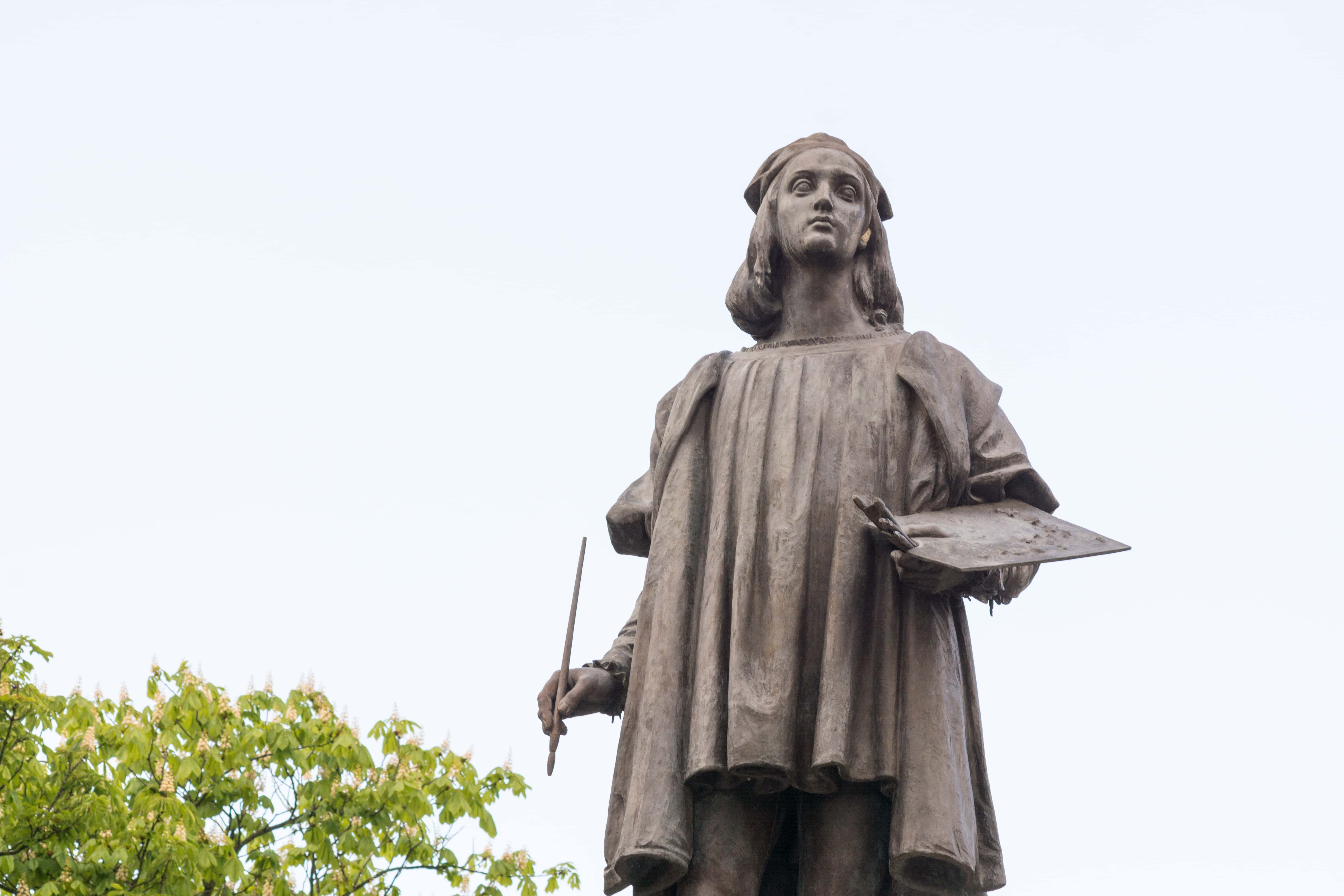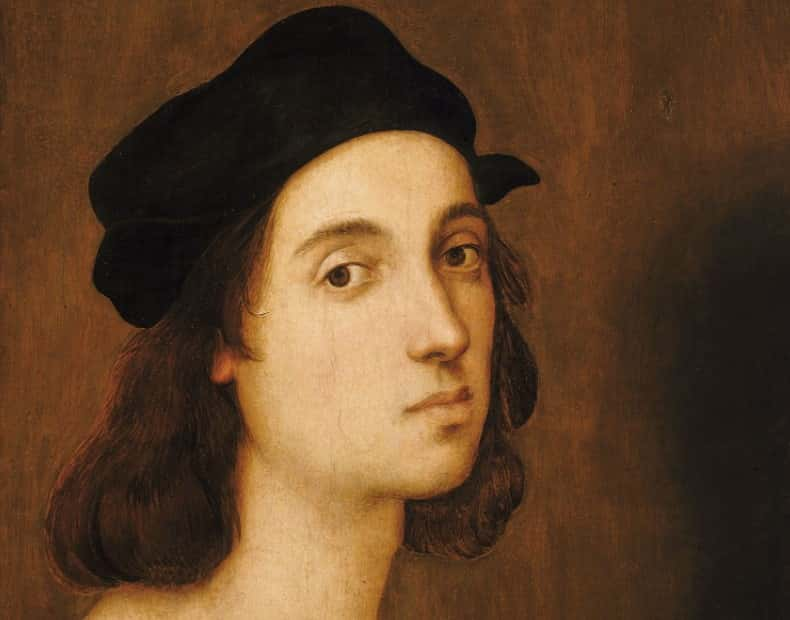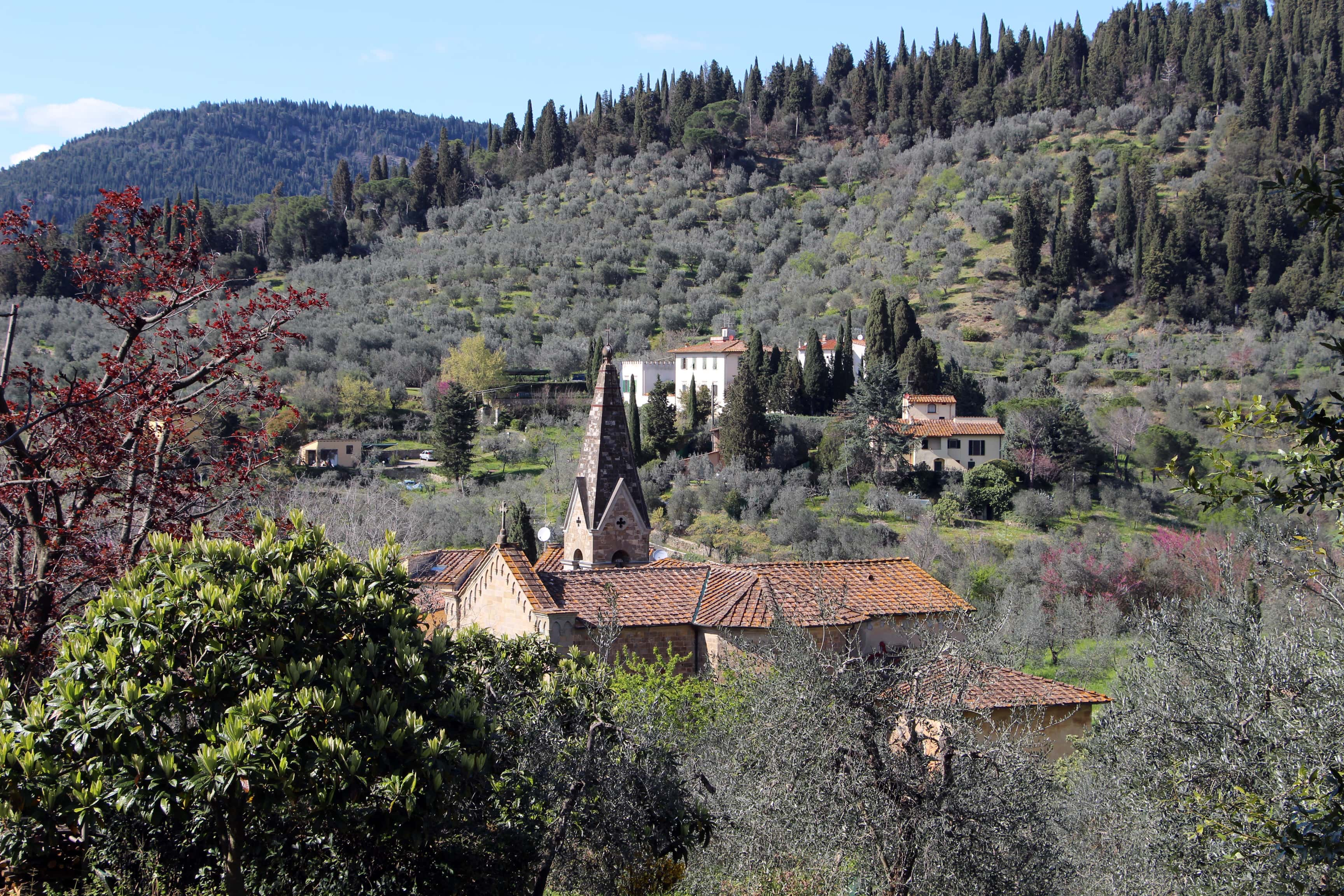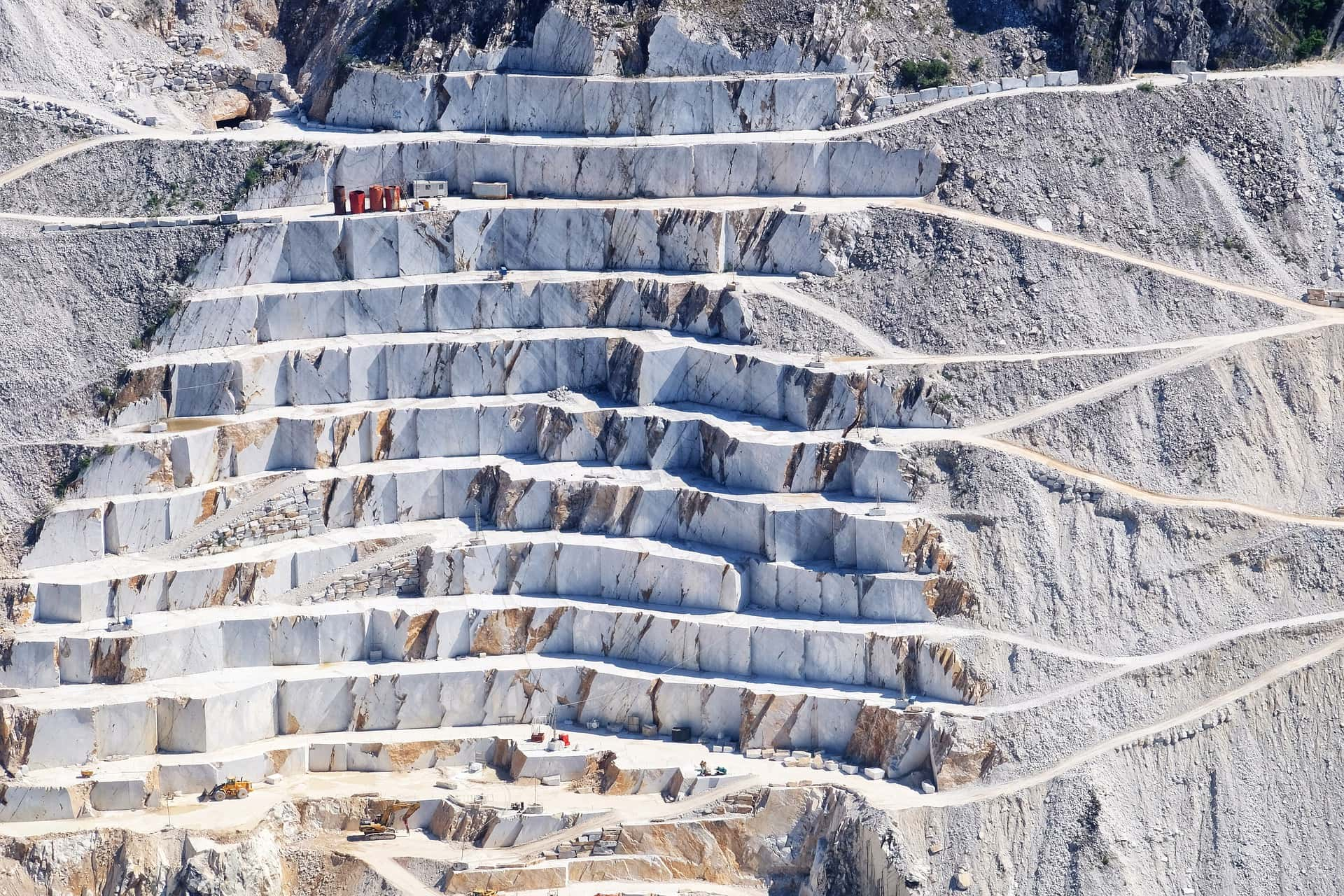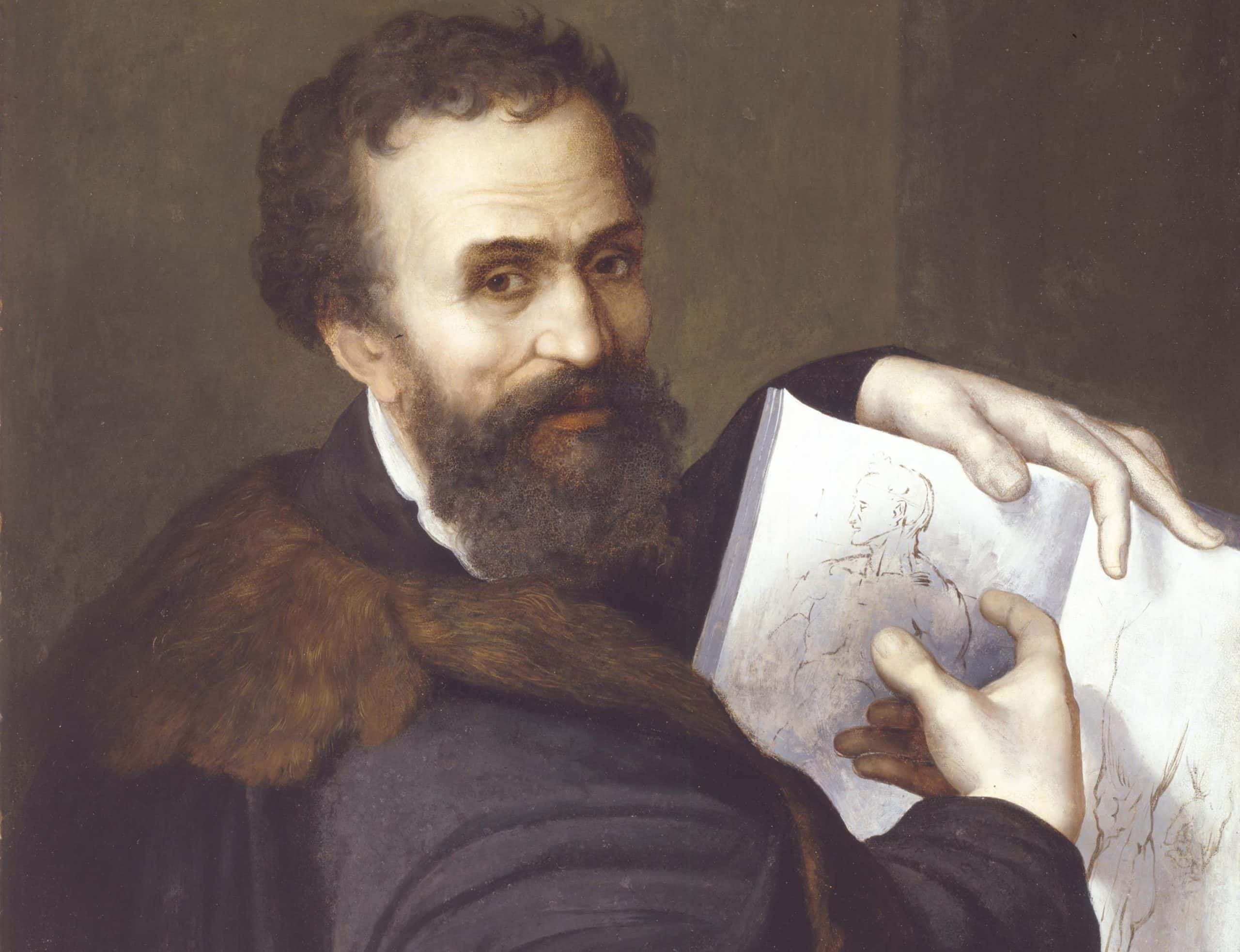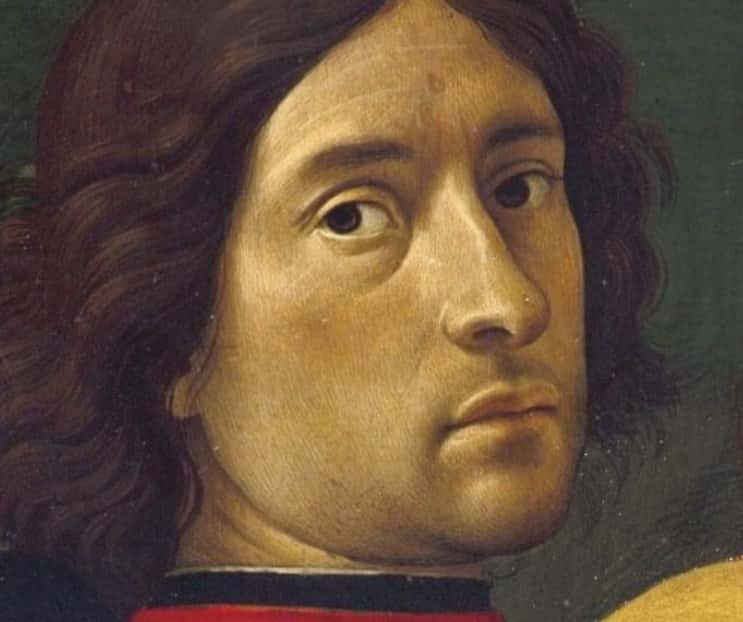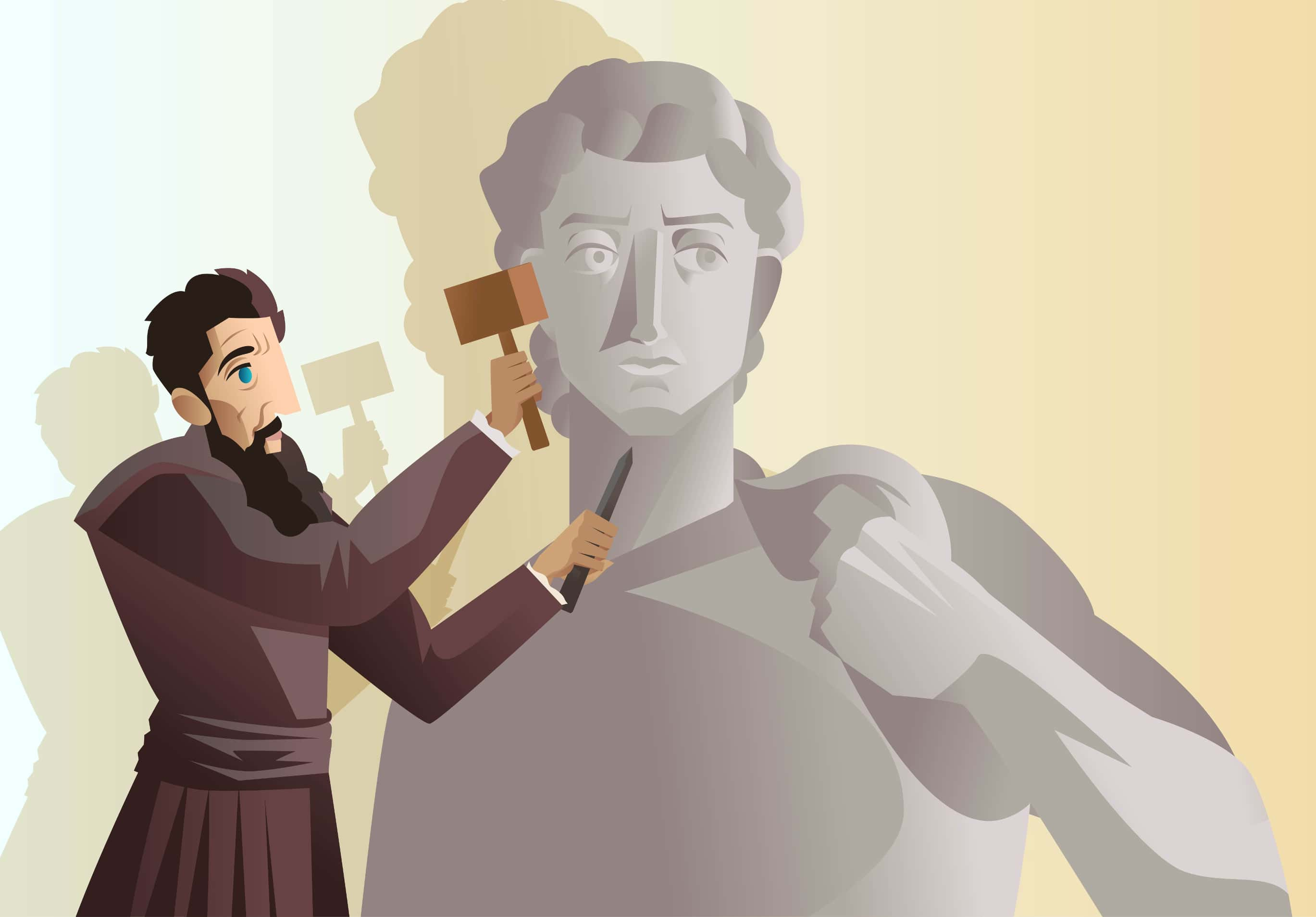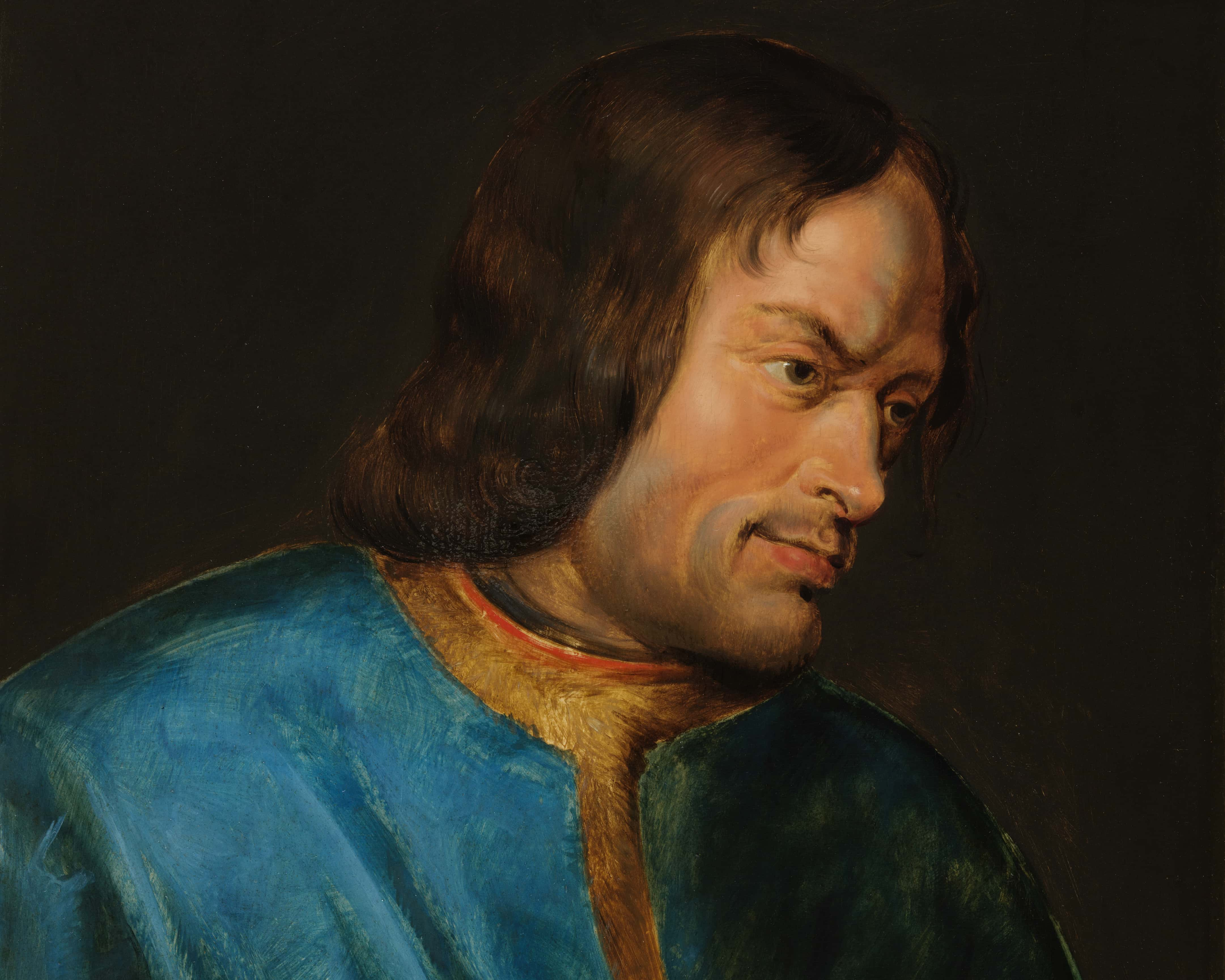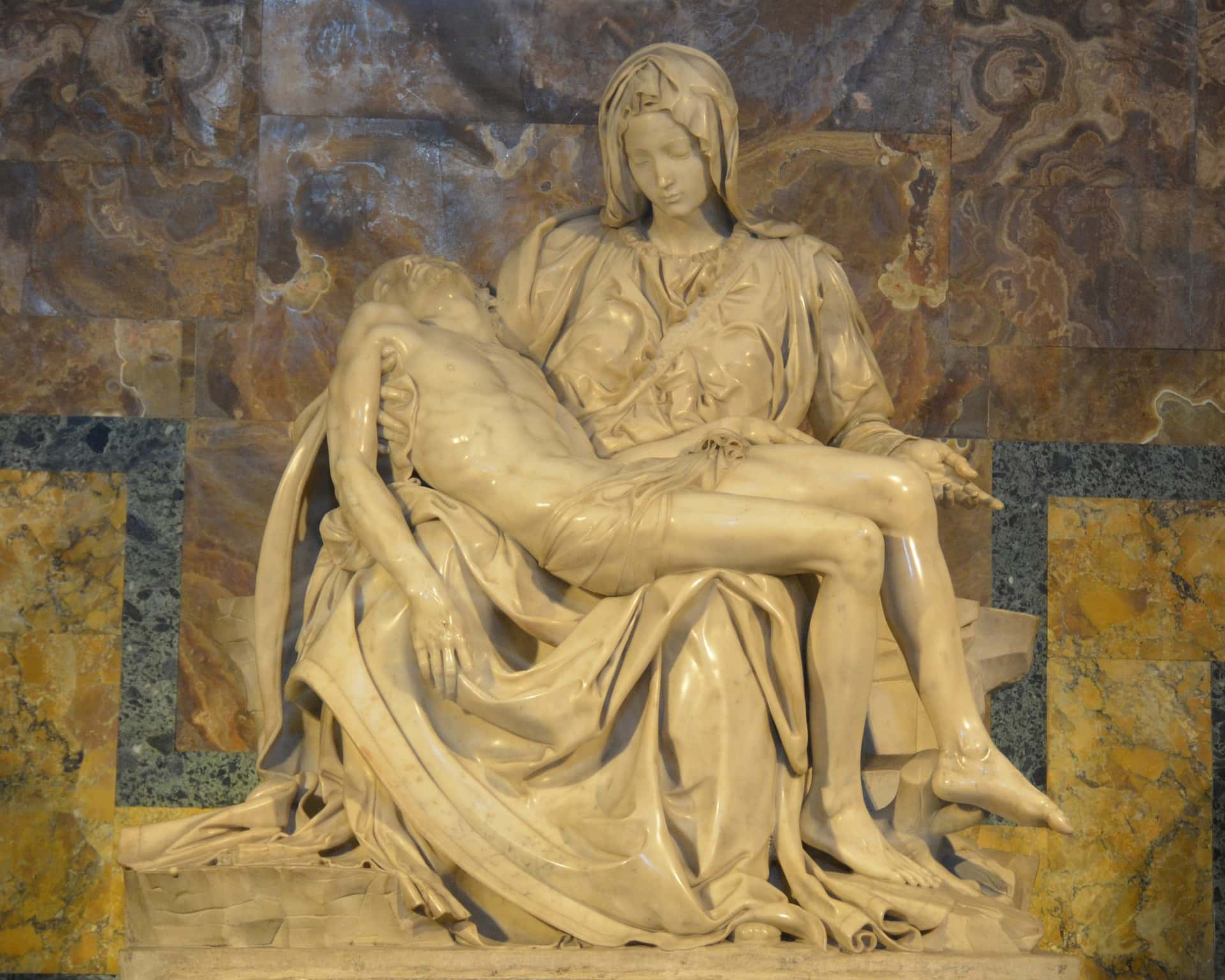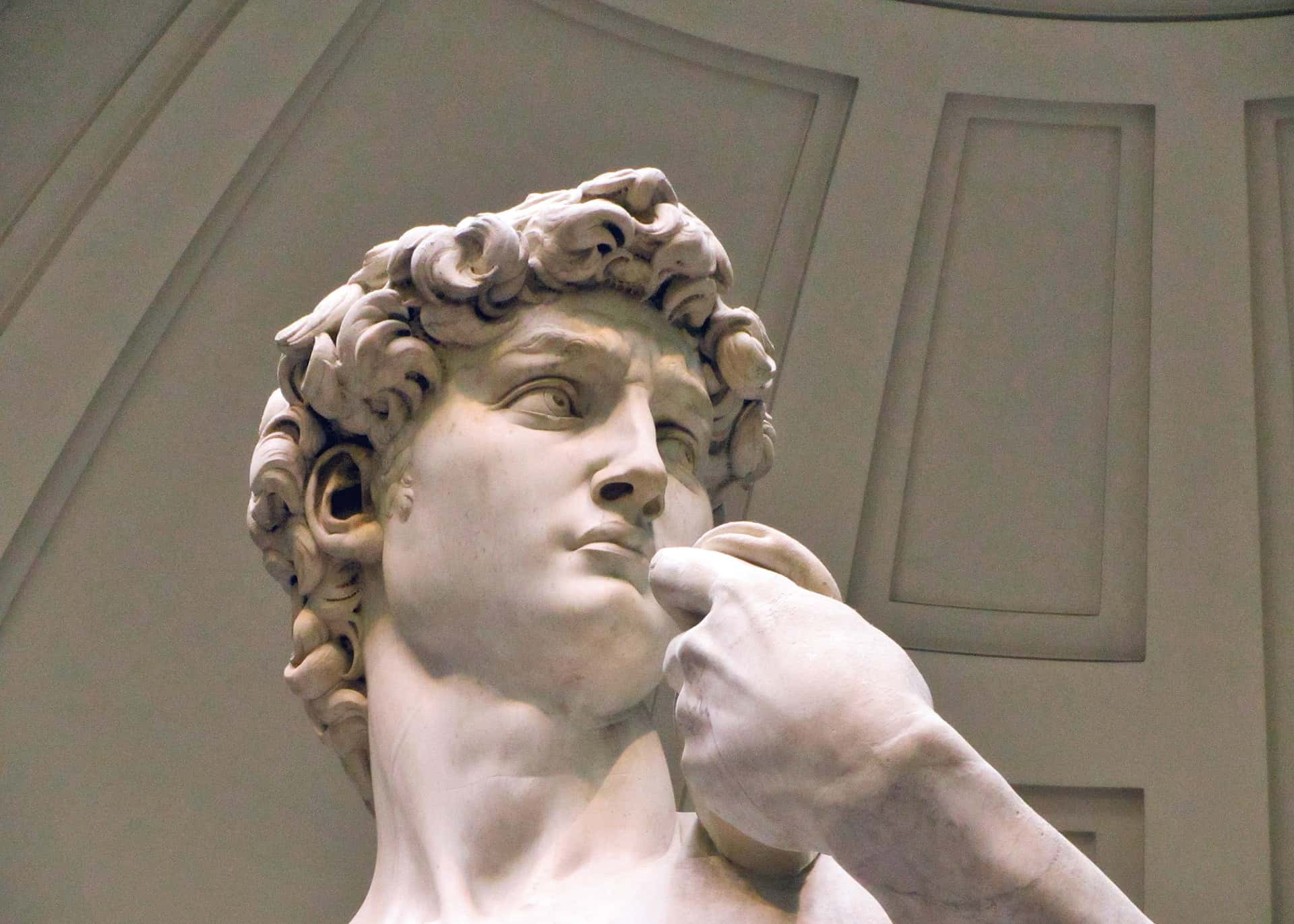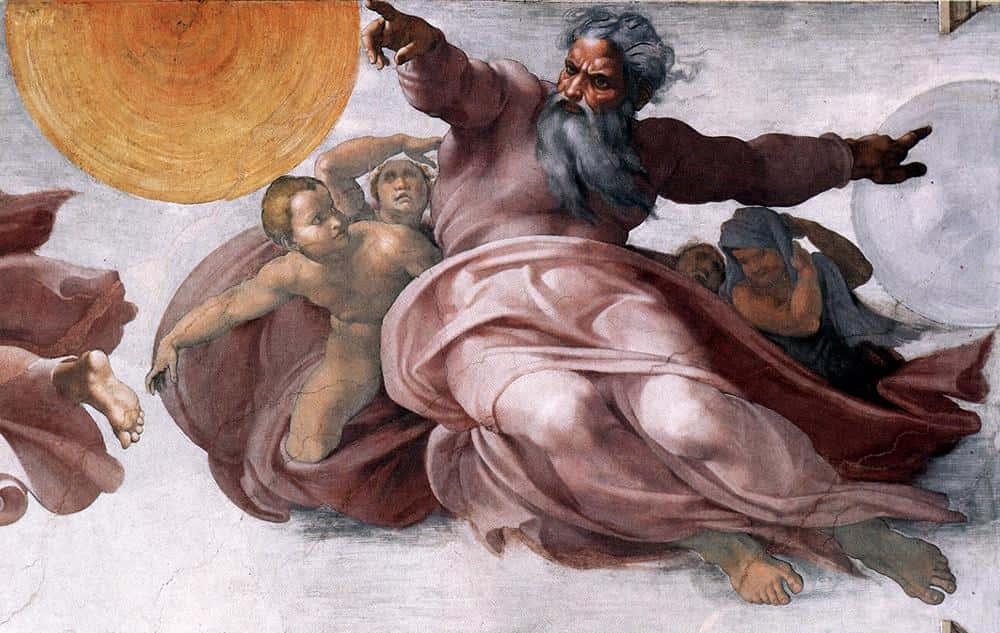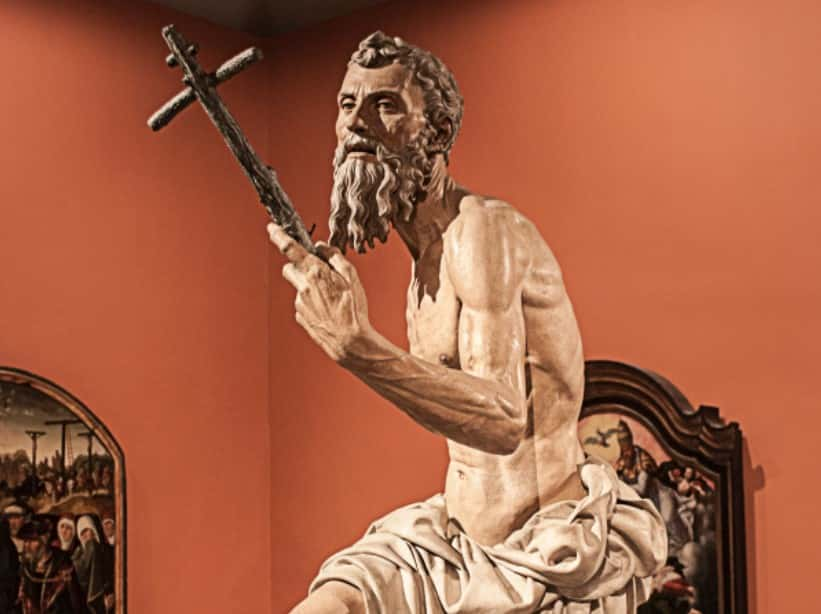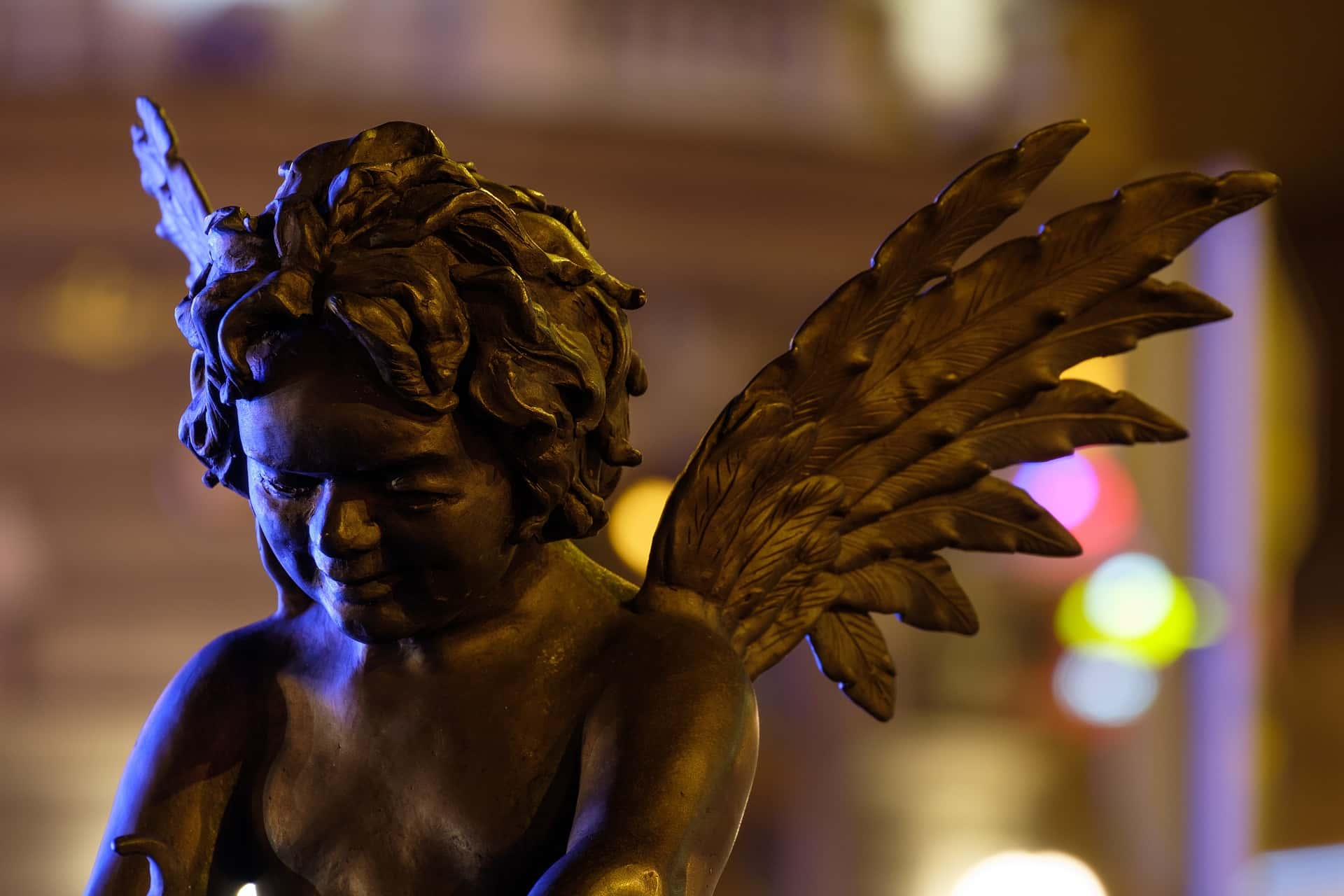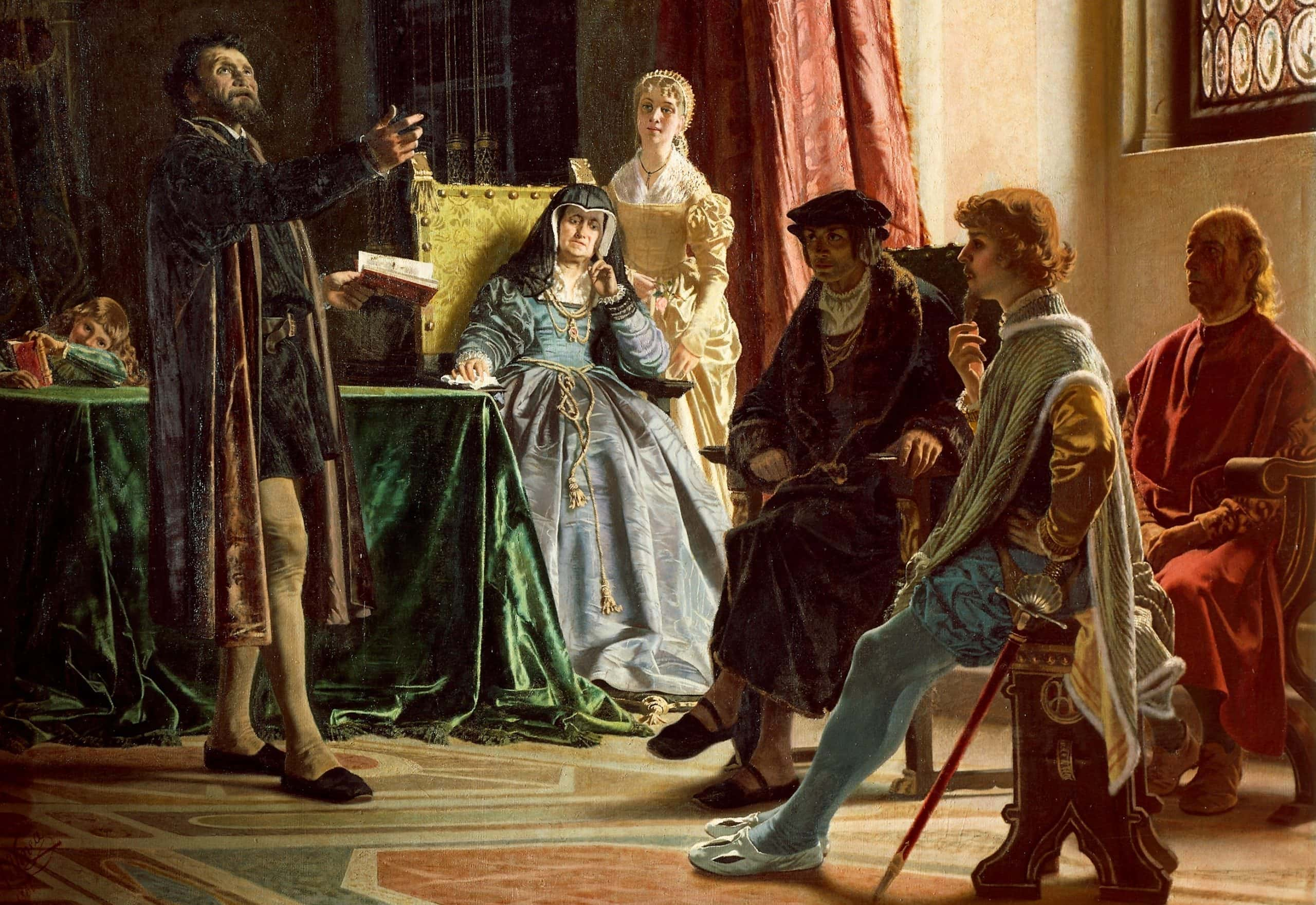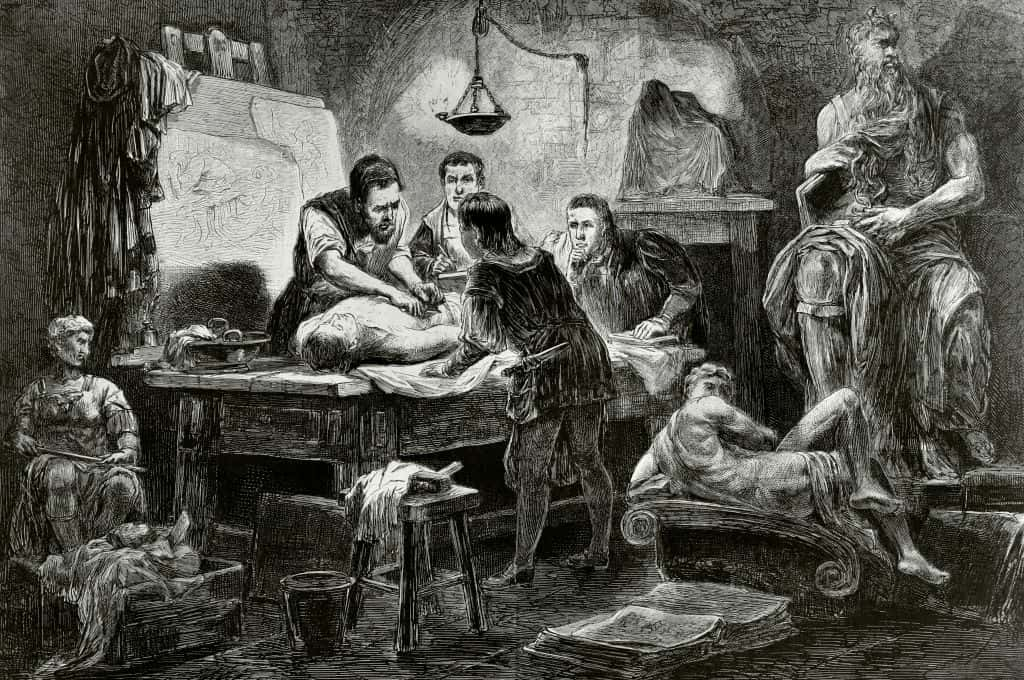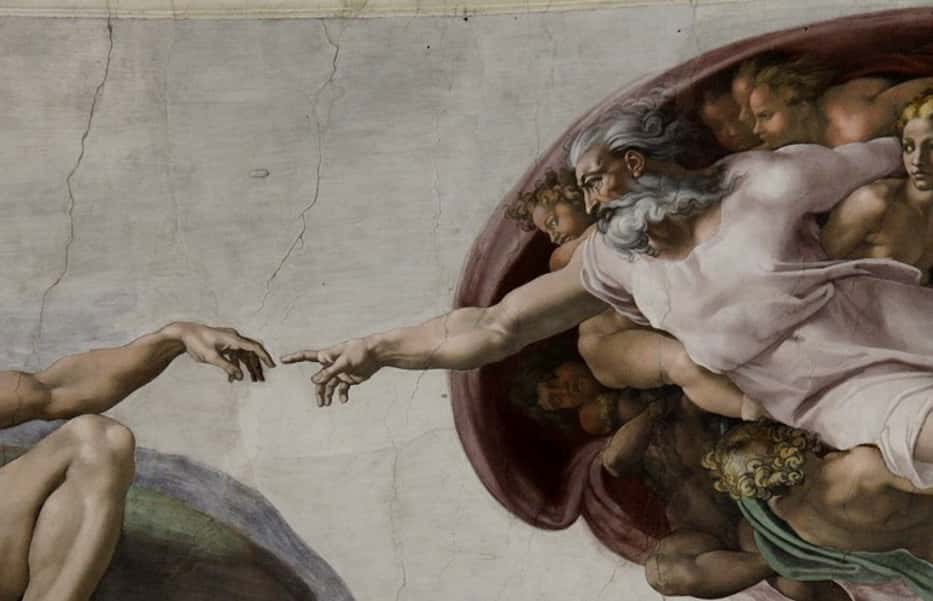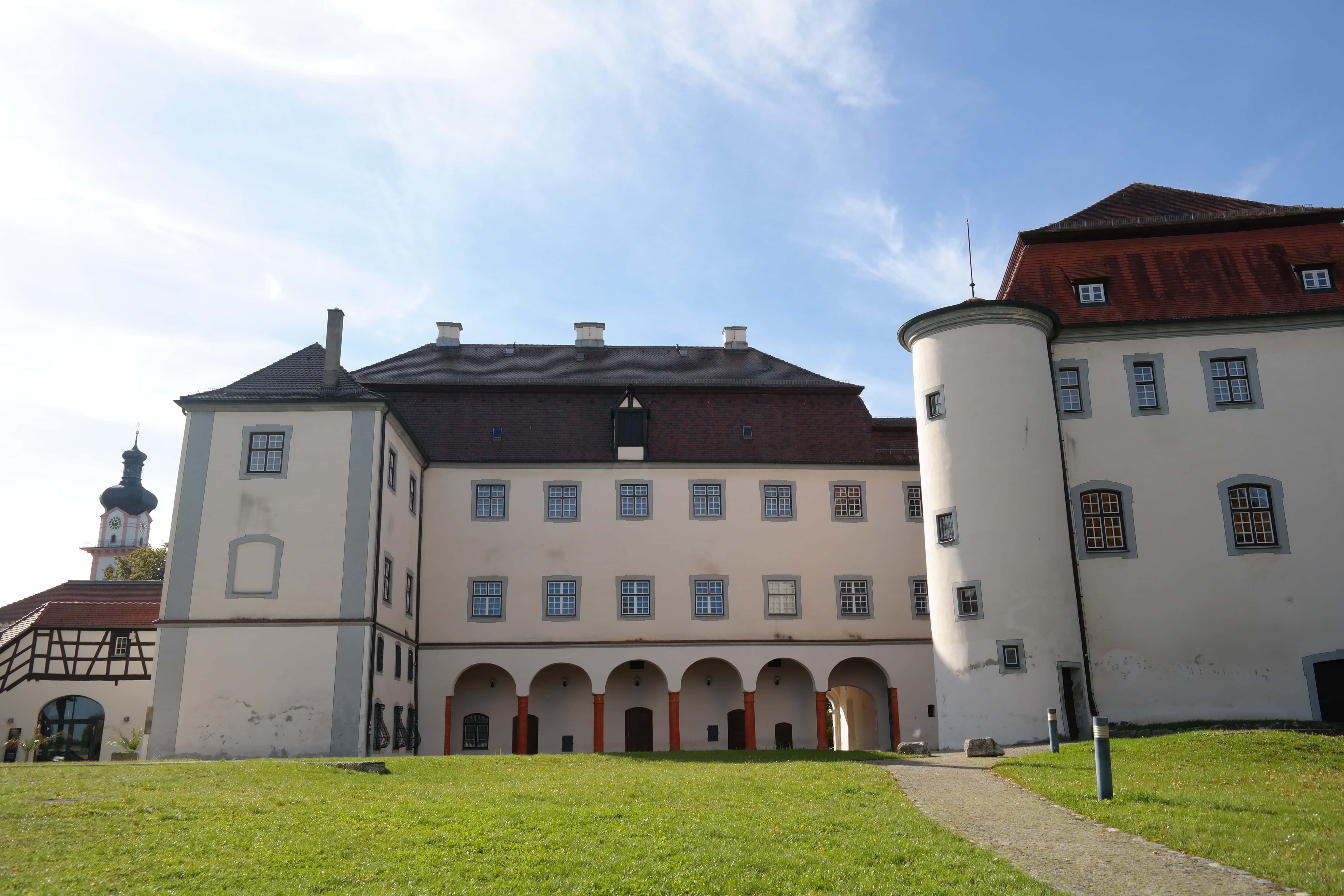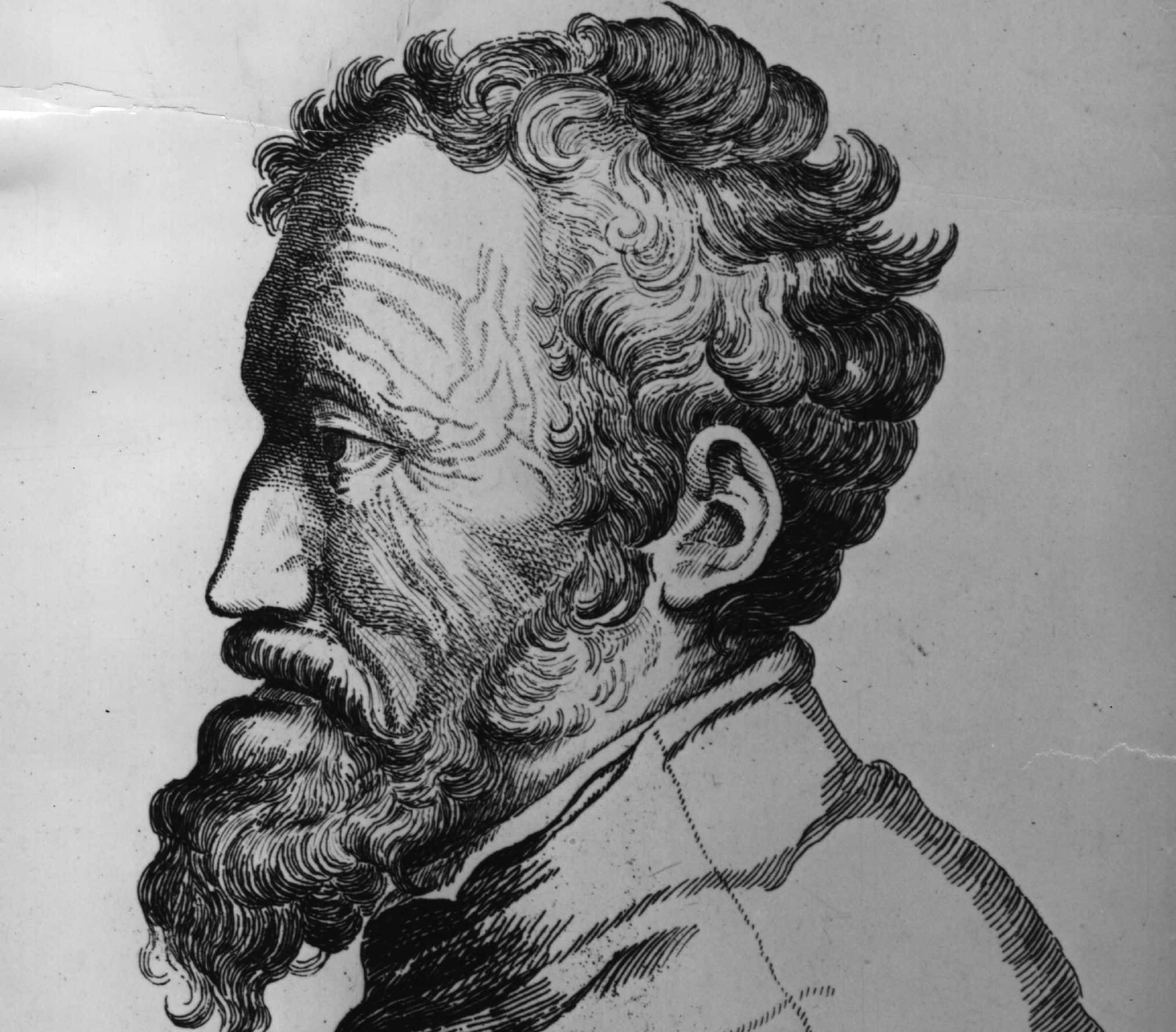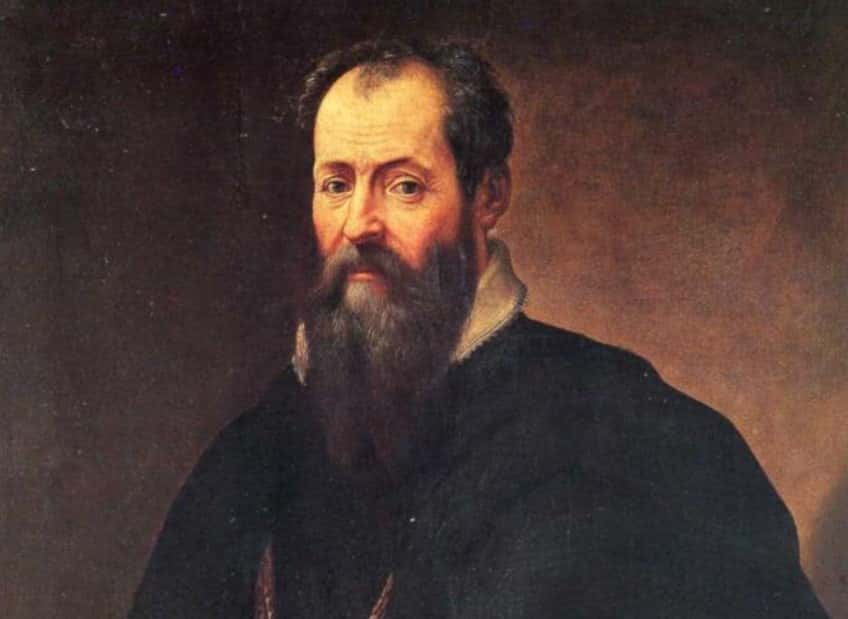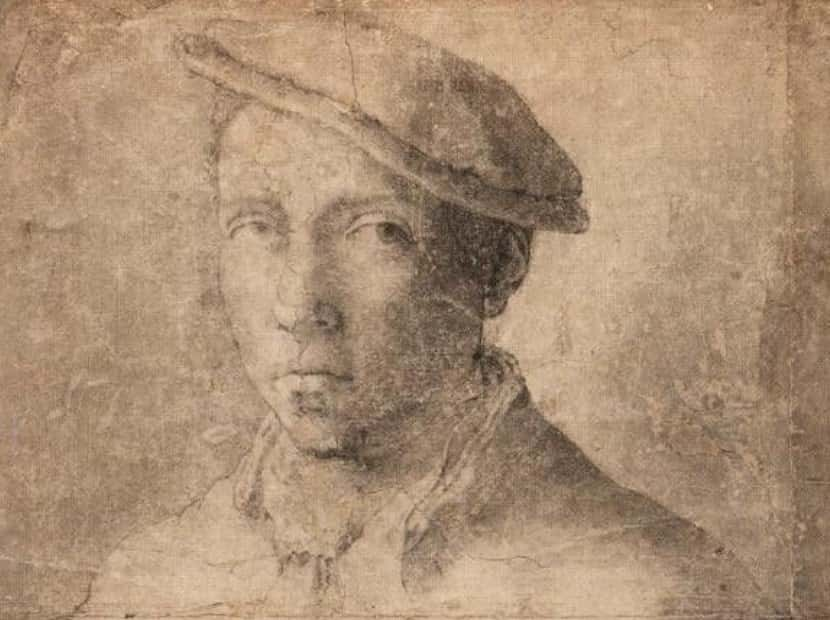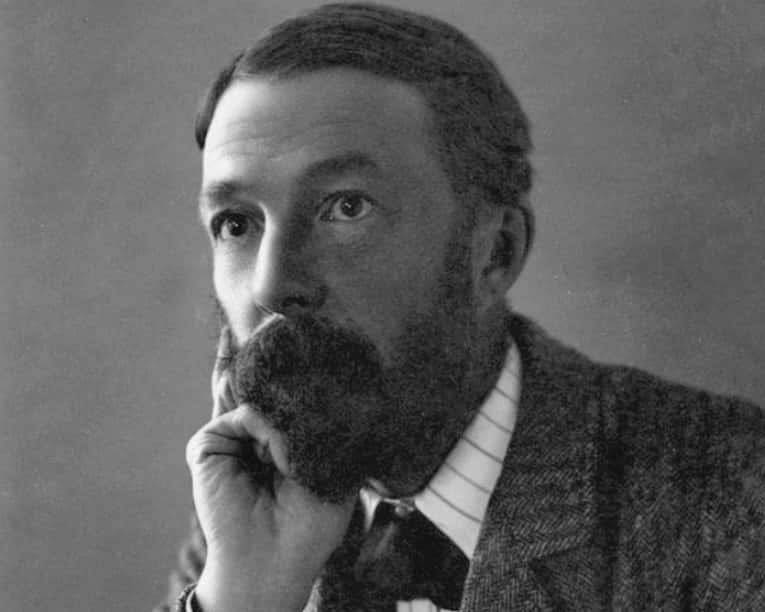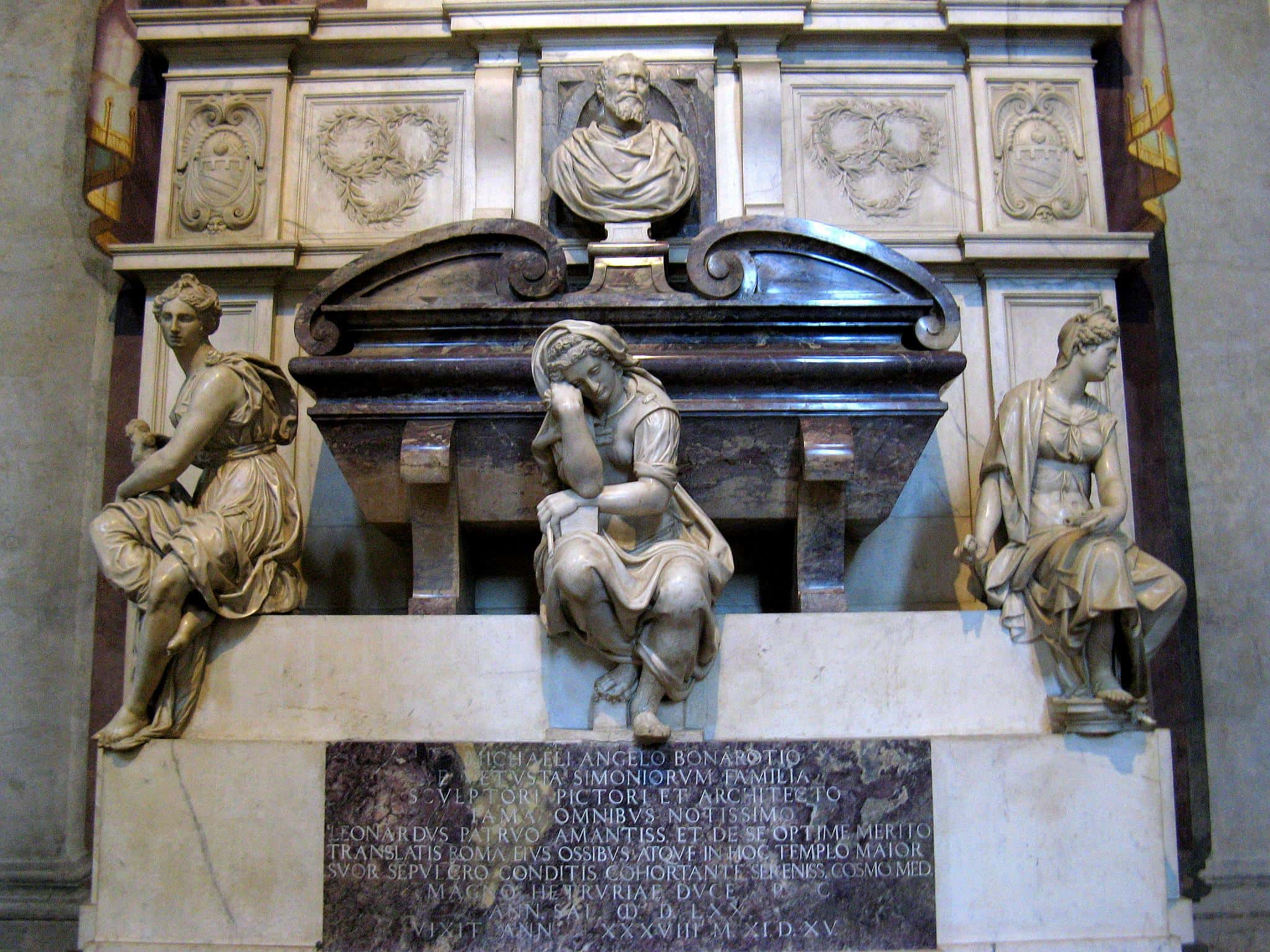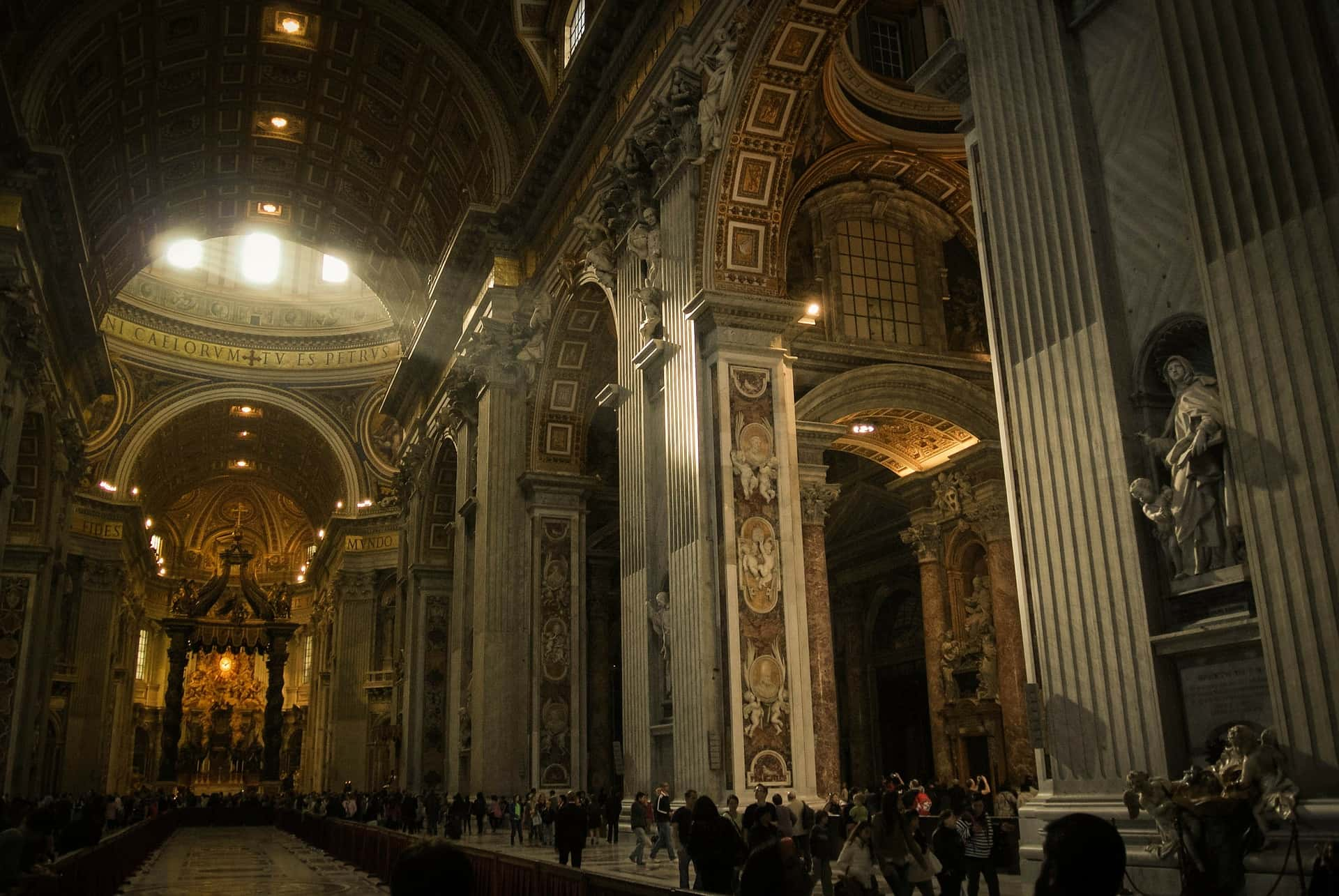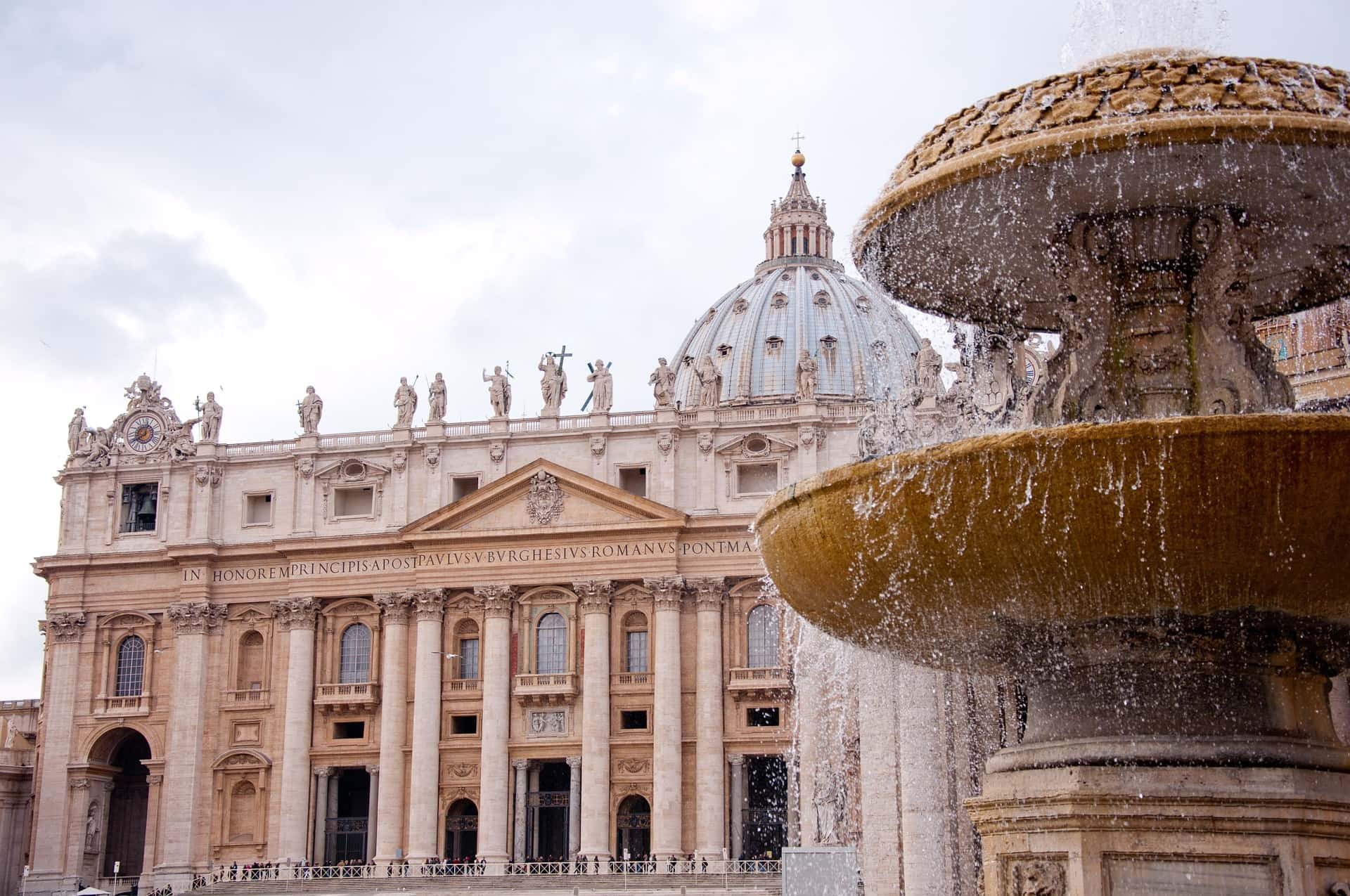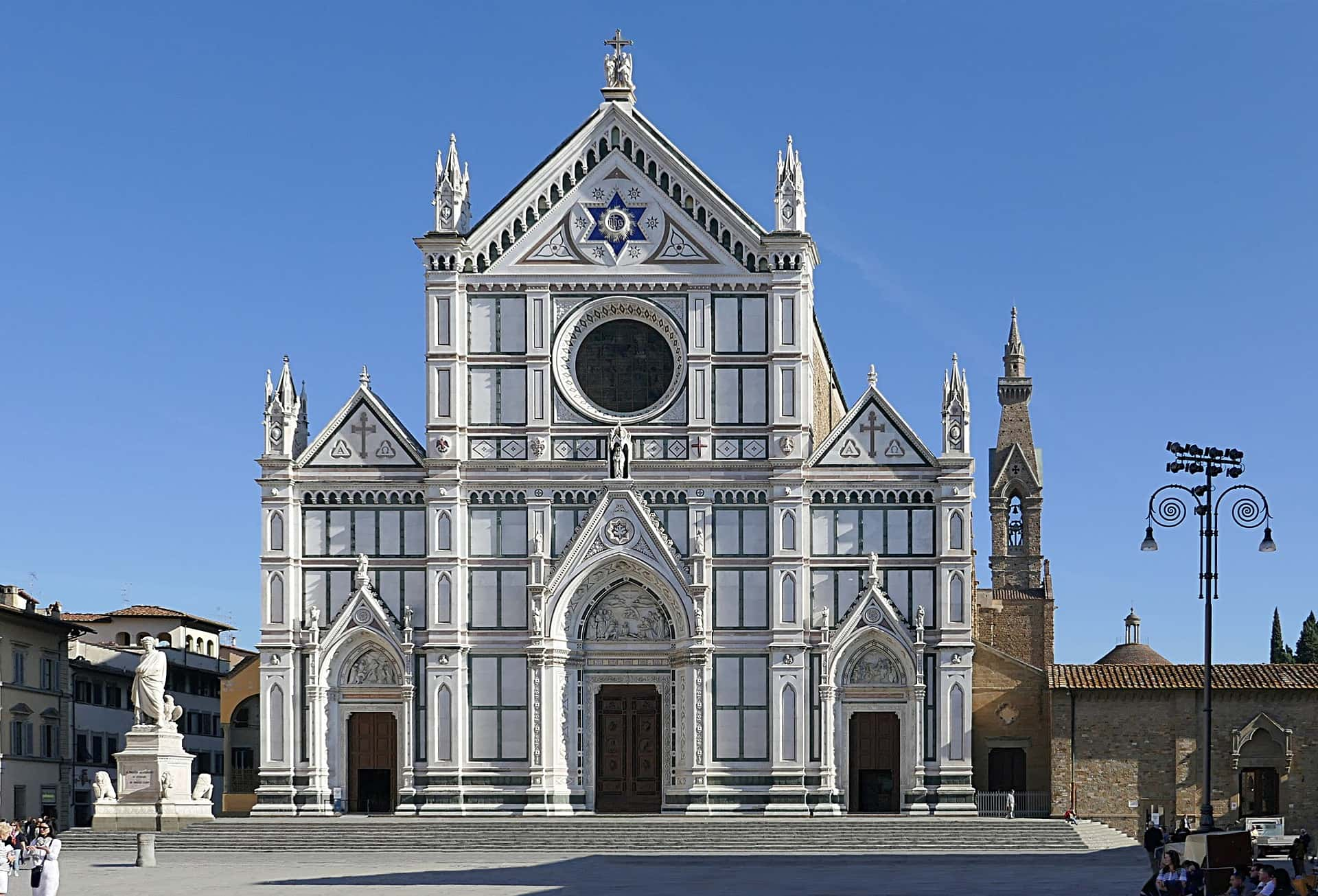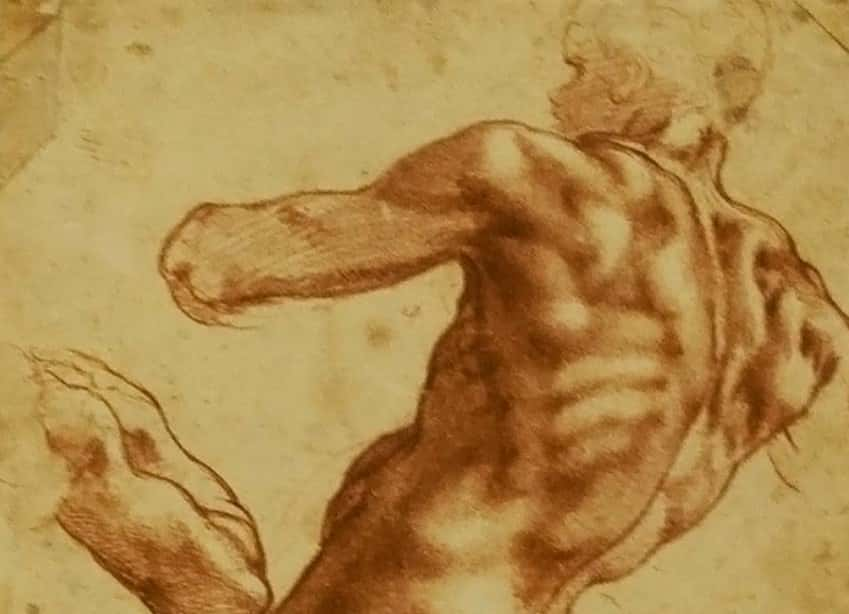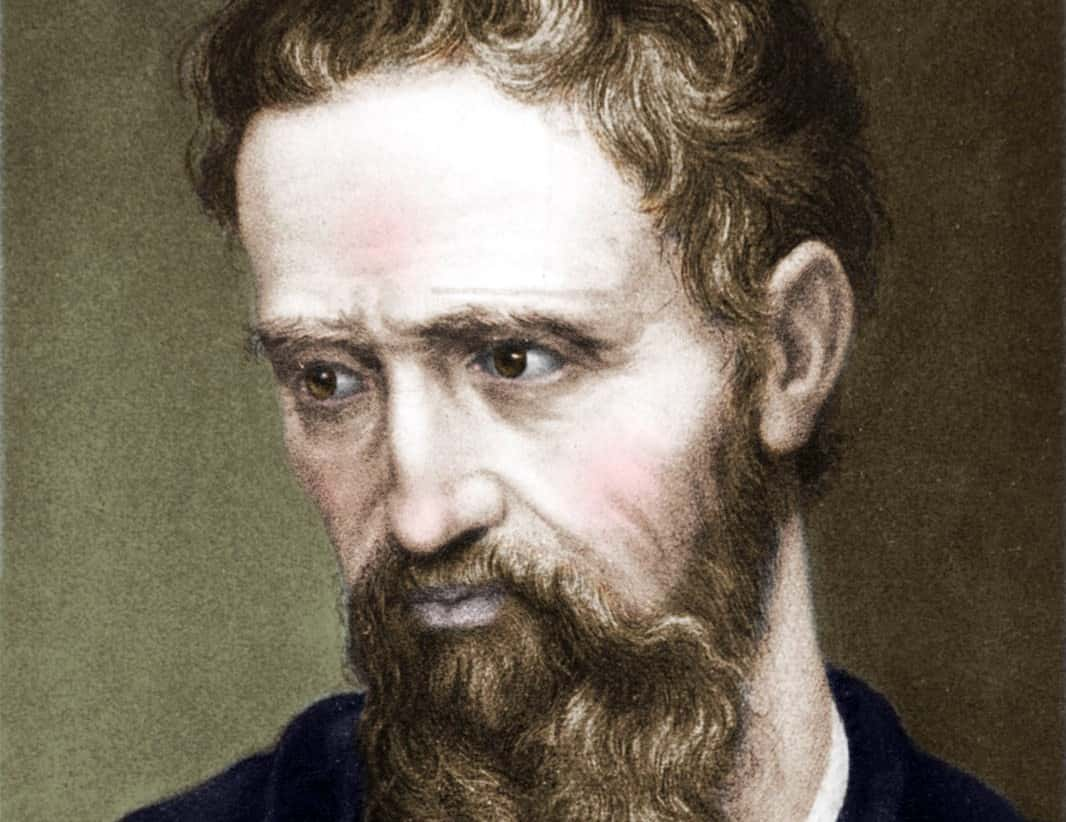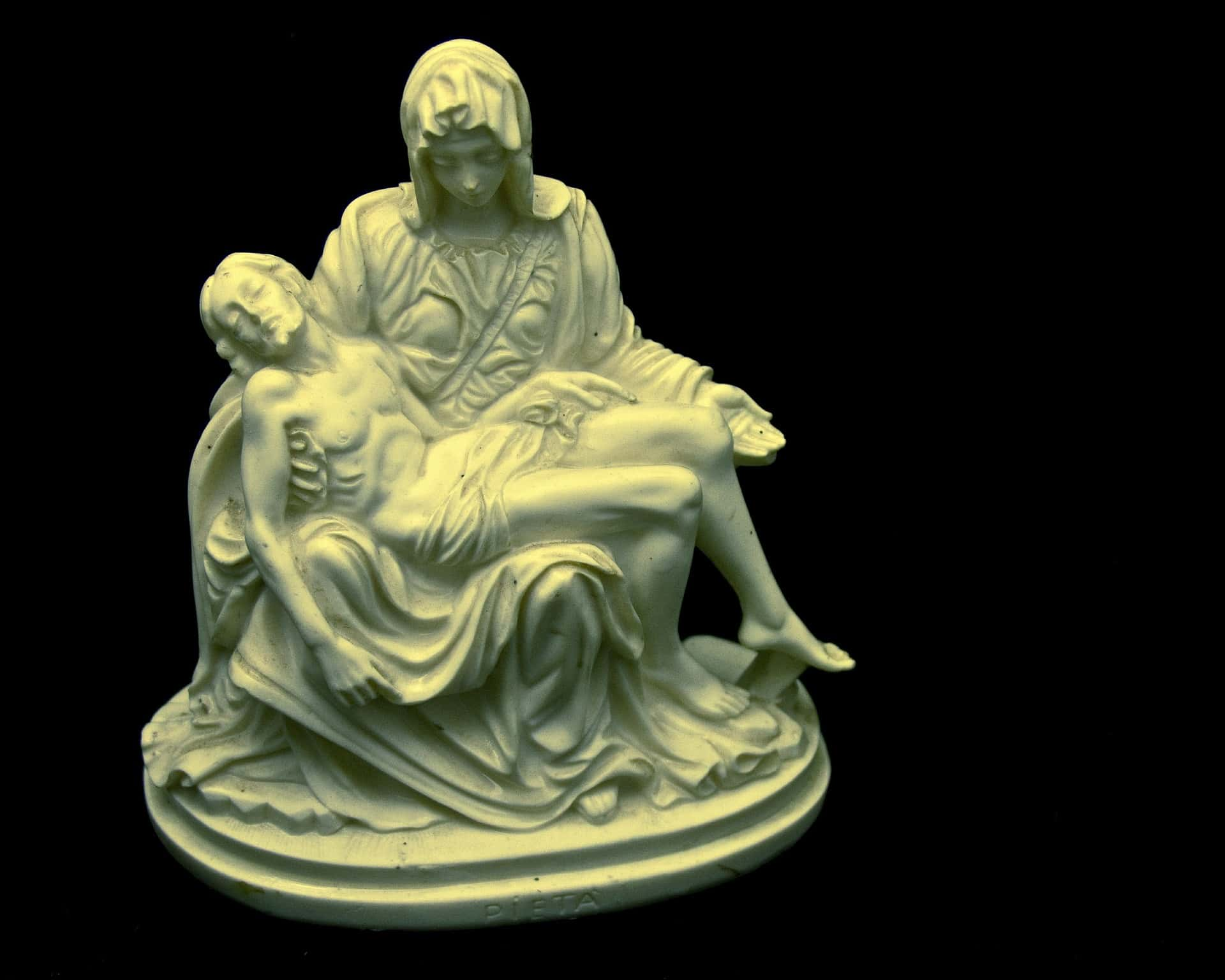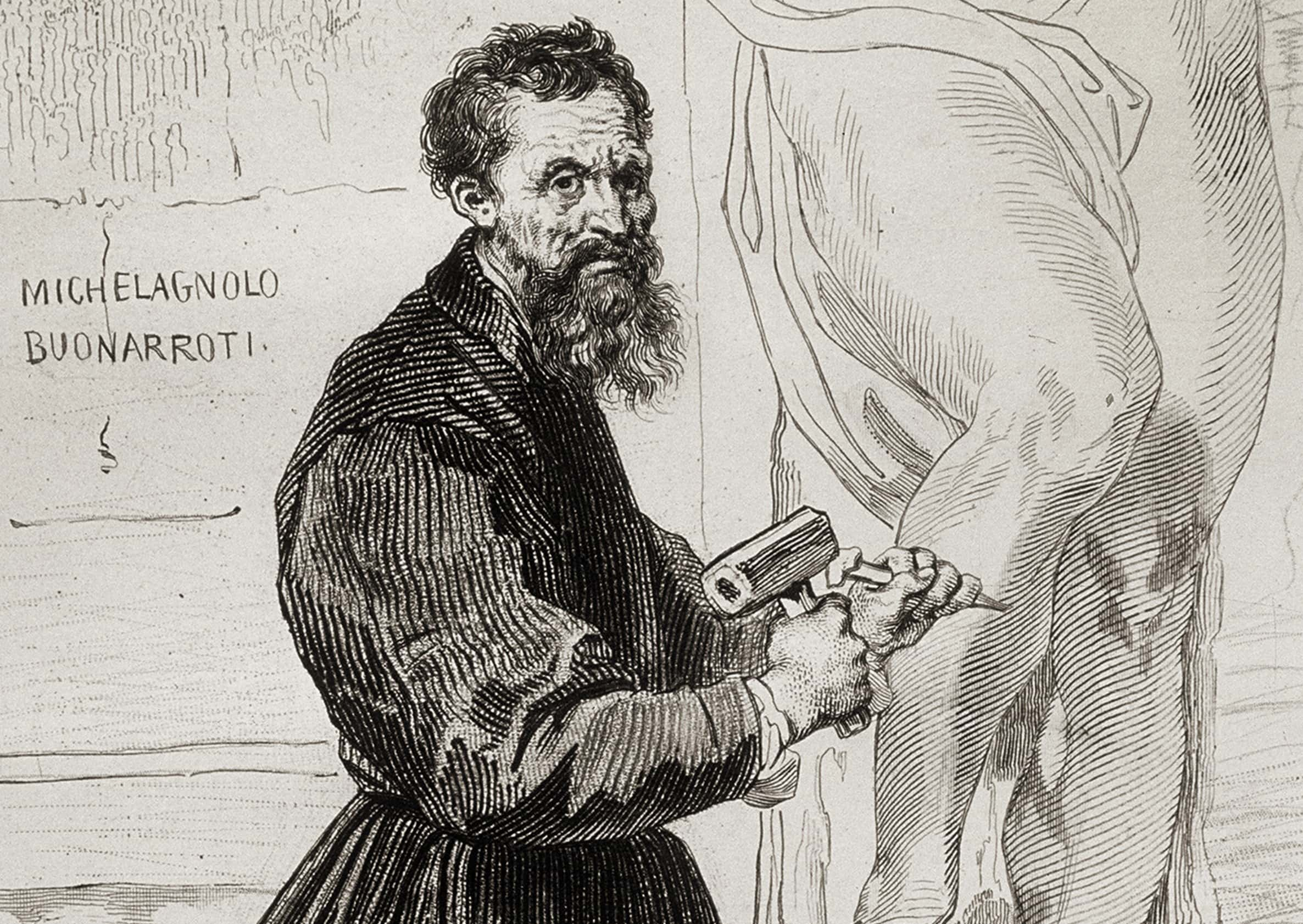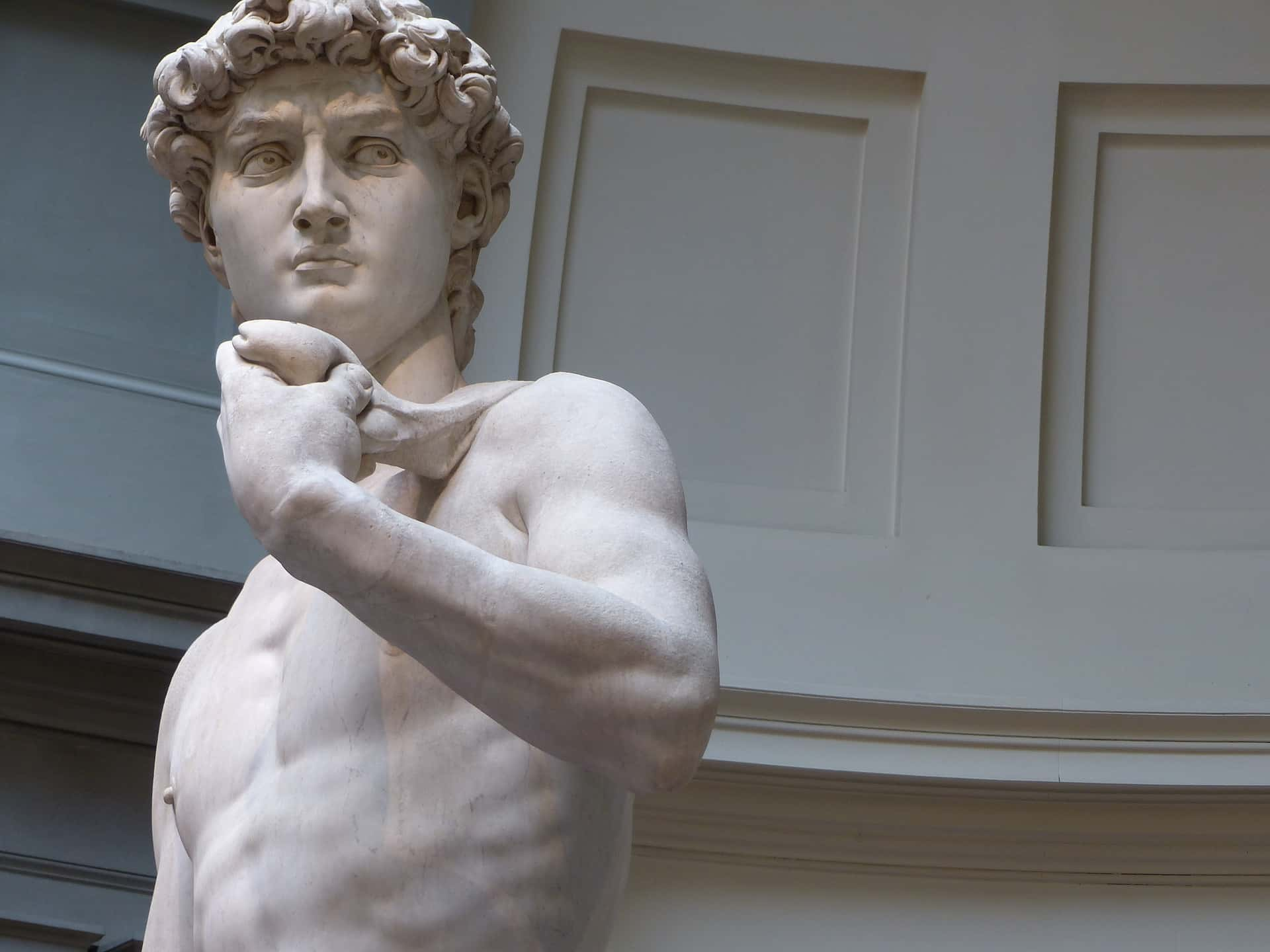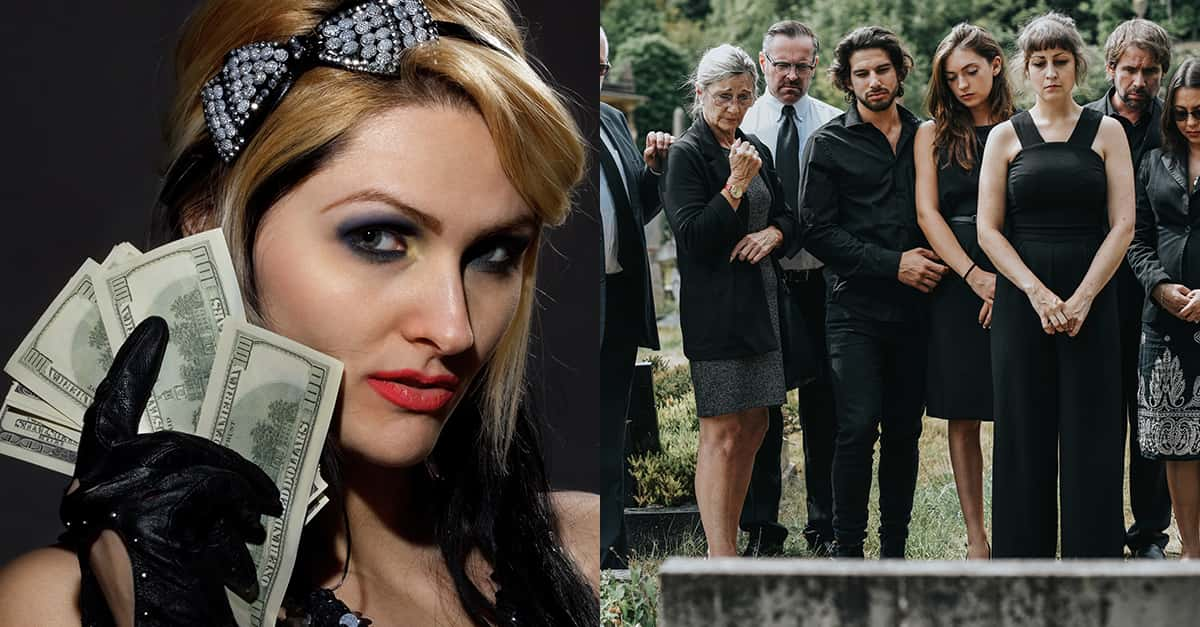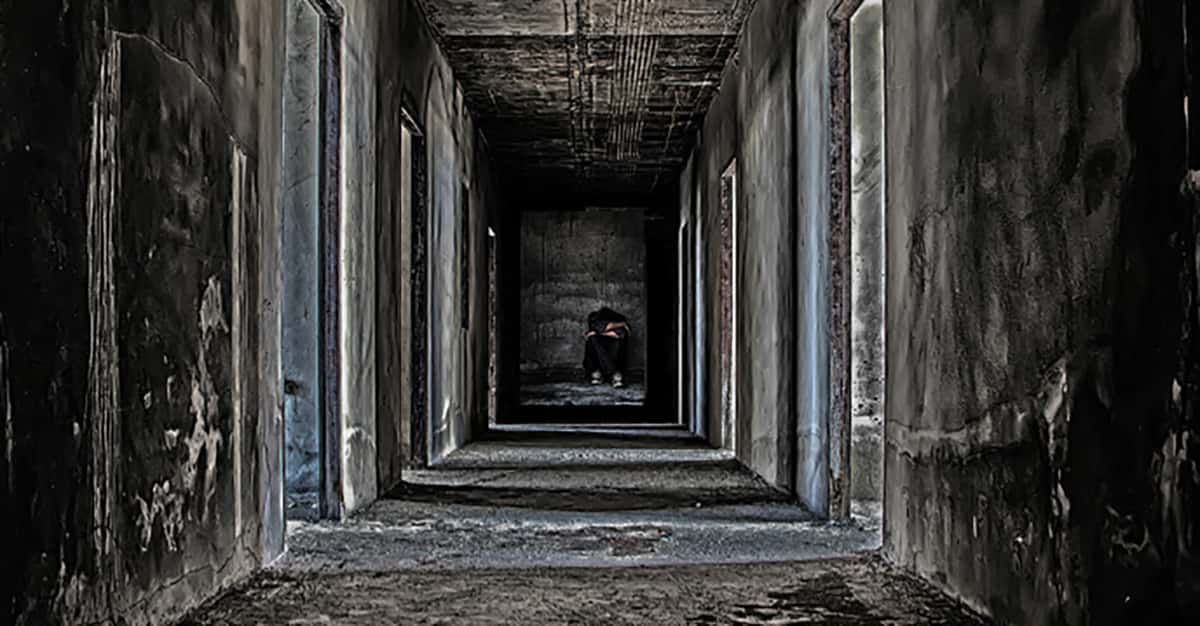The Master Of The Renaissance
One of the greatest names in the history of art, Michelangelo is responsible for masterpieces that are visited by millions to this very day. Even before he gave his name to a cartoon character, Michelangelo was known for his extraordinary life during the Renaissance. And this isn’t a case of society seeing his genius after his death. Even in life, he was recognized as one of the greatest artists of all time. How that manifested, what he did to earn this reputation, and what sort of madness was mixed in with his genius, will all be covered in our list!
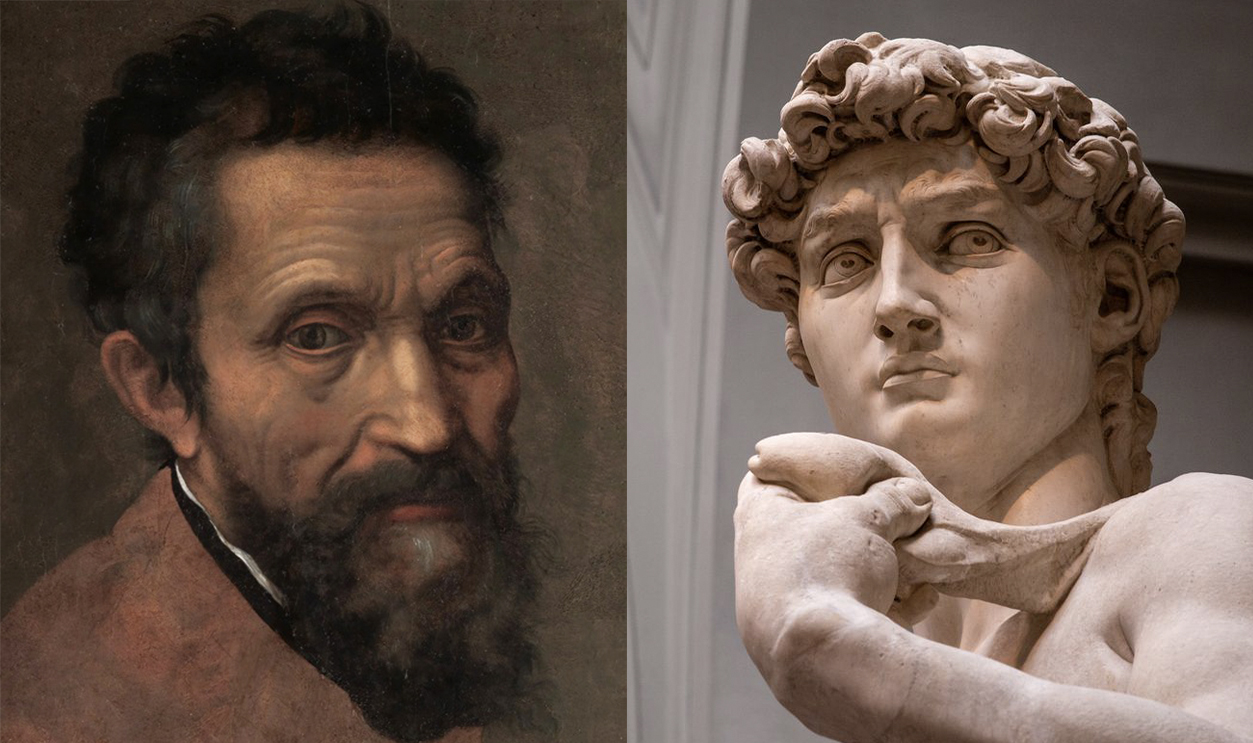
1. Was it Opposite Day?
We’ll just get this out of the way right now. Michelangelo is the inspiration behind the name of a Teenage Mutant Ninja Turtle. For those of you who managed to skip that bit of pop culture entirely, the character who bears his name is the immature, orange bandanna-wearing comic relief who is often given a southern California accent and a stereotypical surfer attitude.
Was the historical Michelangelo anything like that? We’ll explain below (short answer: no).

2. Quite the Pedestal!
Rare for geniuses, Michelangelo was definitely appreciated in his time. Through his art and his memorable character (more on that later), the people of Italy adored this figure. One of his most popular monikers was “Il Divino,” which means “The Divine".
3. Origin Story
Michelangelo di Lodovico Buonarroti Simoni was born in the village of Caprese in Tuscany on March 6, 1475.
4. Career Change
Michelangelo’s family had traditionally been Florentine bankers by trade. However, by the time that Michelangelo’s father had come of age, the family bank had failed. As a result, Michelangelo’s father relocated to Caprese for a governmental post, which was where his famous son would be born.
5. A Contractor’s Dream
Michelangelo worked from July 1508 to October 1512 to complete the Sistine Chapel’s ceiling’s paint job. That’s more than four years, in case anyone hates math.
6. Rivals to the Core
According to Giorgio Vasari, Michelangelo deeply disliked Leonardo Da Vinci, who was his contemporary during the Renaissance (though Michelangelo was 23 years younger than Da Vinci). The feeling was mutual, given that they were both highly independent and respected figures with opposing views on art. To be honest, this makes us wonder why it’s Raph and Leo who are always the feuding ninja turtles instead of Mike and Leo!
7. Hang On, What?!
It wasn’t just Leonardo Da Vinci with whom Michelangelo had a rivalry. Raphael was also an older and established artist whose turf was being challenged by Michelangelo. Ironically, Raphael provided Michelangelo with the perfect opportunity to outshine him when Pope Julius II asked Raphael to paint the ceiling of the Sistine Chapel.
Raphael turned it down, and instead suggested that Michelangelo take the job.
8. Bluff: Called
You might be wondering why Raphael would turn down that incredible opportunity to paint the Sistine Chapel’s roof and persuade the Pope to ask a younger up-and-coming rival to do it instead. Allegedly, Raphael was convinced that Michelangelo’s skills were strictly focused on sculpting, so he hoped that Michelangelo would make a mess of the paint job and destroy his own reputation.
Sadly, for Raphael, Michelangelo was a perfectly capable candidate for the task, as anyone who’s seen the Sistine Chapel can tell you!
9. Time to Move
Michelangelo was just six years old when his mother succumbed to an illness. After that, he was sent to live with a nanny and her husband in the town of Settignano.
10. Silver Lining
One surprisingly positive aspect of Michelangelo’s family tragedy and his relocation was that it gave him one of the great passions of his entire life. His nanny's husband was a stonecutter, and the town had a marble quarry which was owned by Michelangelo’s father. In these surroundings, Michelangelo fell in love with marble, and more specifically, sculpting it.
11. Too Cool for School
As a child, Michelangelo went back to his family’s old home of Florence to be given an education, but he disdained most of his studies. What did interest him, however, was studying church paintings, copying them, and developing his own art style.
12. Child Prodigy?
Michelangelo got to follow his artistic dreams when he was apprenticed to fresco painter Domenico Ghirlandaio at just 13 years of age. He must have been incredibly talented, because he was being professionally paid for his work within a year!
13. I Sold Out
For all that Michelangelo is remembered for the painting which adorns the ceiling of the Sistine Chapel, he really hated being involved. What people tend to forget about Michelangelo is that while he was an incredible painter, he wasn’t fuelled by passion when it came to the art form. Michelangelo was, above all else, a sculptor, and he considered sculpting the epitome of high art.
However, he also needed money, and he couldn’t turn down the painting gig, even though it was a job that would take him years to complete!
14. Master Teacher
The first important figure to notice Michelangelo’s talent was none other than Lorenzo de Medici, also known as Lorenzo the Magnificent. One of the most powerful figures in Florence, Medici always had an eye for beauty and genius. When he told Domenico Ghirlandaio to send his two best pupils to a new academy that Medici had founded, Michelangelo was one of the boys that Ghirlandaio sent.
15. Can I Have Your Autograph?
One of the most famous artistic works of Michelangelo is undoubtedly the statue called the Pieta. The traditional interpretation of the work is that it depicts the Virgin Mary holding the body of her dead son, Jesus Christ. Interestingly, it’s the only work of Michelangelo’s that he signed. The signature was allegedly added in a fit of injured pride when Michelangelo overheard someone wrongly name another artist as being responsible for the sculpture.
If Michelangelo’s biographer, Giorgio Vasari, is to be trusted, Michelangelo greatly regretted his carving his own name into the Pieta and vowed to never be so prideful with his work again.
16. Wunderkind
Two of Michelangelo’s most famous works (David and the Pieta) were completed before he was 30 years old!
17. Trend-Setter
While most Christian portrayals of God depict him as an old white man with a flowing beard, it was actually Michelangelo who started that trend! Before Michelangelo painted God to look like that in the Sistine Chapel, Christian art mostly portrayed God as a hand reaching down from the clouds. In case you doubted whether Michelangelo was that influential—yes, he was that influential!
18. Why Not Try to Break His Hands Instead?
During his teen years, Michelangelo was living under the patronage of Lorenzo de Medici when his incredible talent absolutely infuriated a young rival named Pietro Torrigiano. While most of us would just complain in our own time and give our rival the cold shoulder, Torrigiano was more hot-blooded and direct than that.
As he would later boast, he broke Michelangelo’s nose so badly that it was damaged for the rest of the master artist's life. Honestly, given how none of you knew Torrigiano’s name before we mentioned him, we’d say Michelangelo came off better in history.
19. Let My Box Office Chances Go!
In the mid-1960s, the painting of the Sistine Chapel's ceiling was portrayed in a Hollywood film. Michelangelo was portrayed by Charlton Heston in The Agony and the Ecstasy. While the film was critically acclaimed and nominated for multiple Oscars, it only did modest box office business, failing to break even.
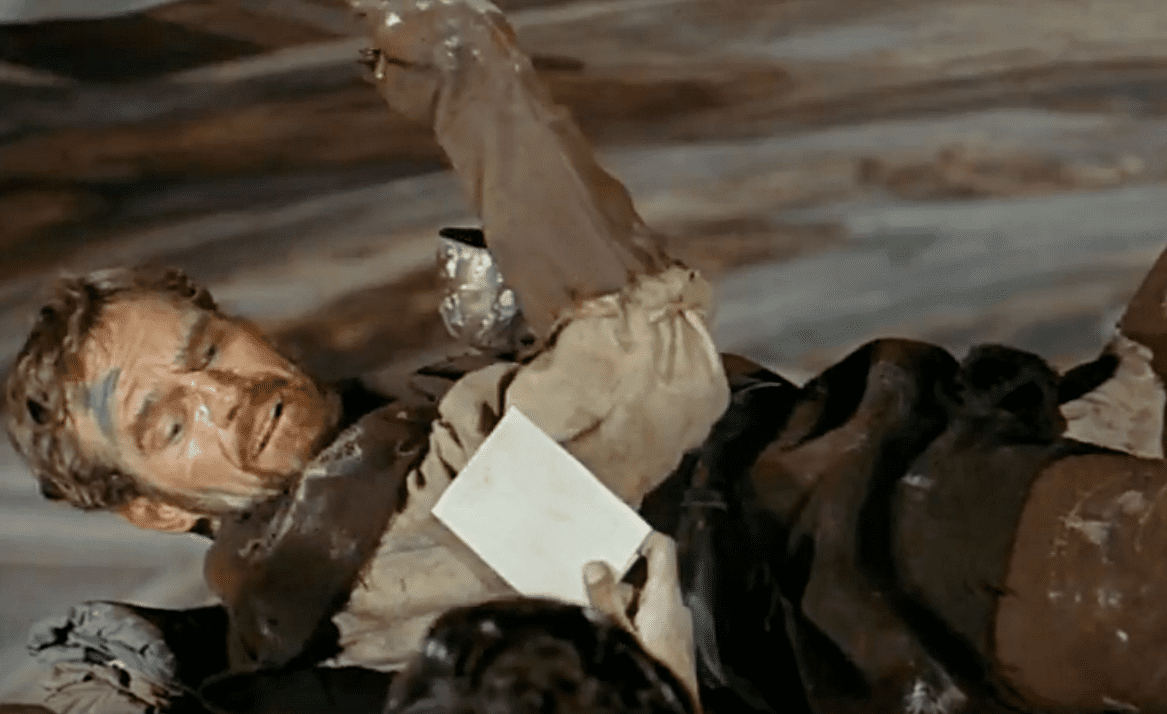 The Agony and the Ecstasy, Twentieth Century Fox
The Agony and the Ecstasy, Twentieth Century Fox
20. Fake it Til You Make it!
Early in his career, Michelangelo and Lorenzo de Medici came up with a particularly devious scheme to commit art fraud. Michelangelo carved a statue of Cupid in the style of Ancient Greek architecture. When his patron saw how good it looked and how much it resembled the older statues, de Medici suggested that they muddy it up, make it look a bit old, and sell it as an antique!
Ultimately, the cardinal to whom they sold it found out it was a fake, but he was actually so impressed with Michelangelo’s skills that he invited the man to Rome to make some real artwork!
21. Long Career
Over the course of his life, Michelangelo was commissioned to do work for nine different popes!
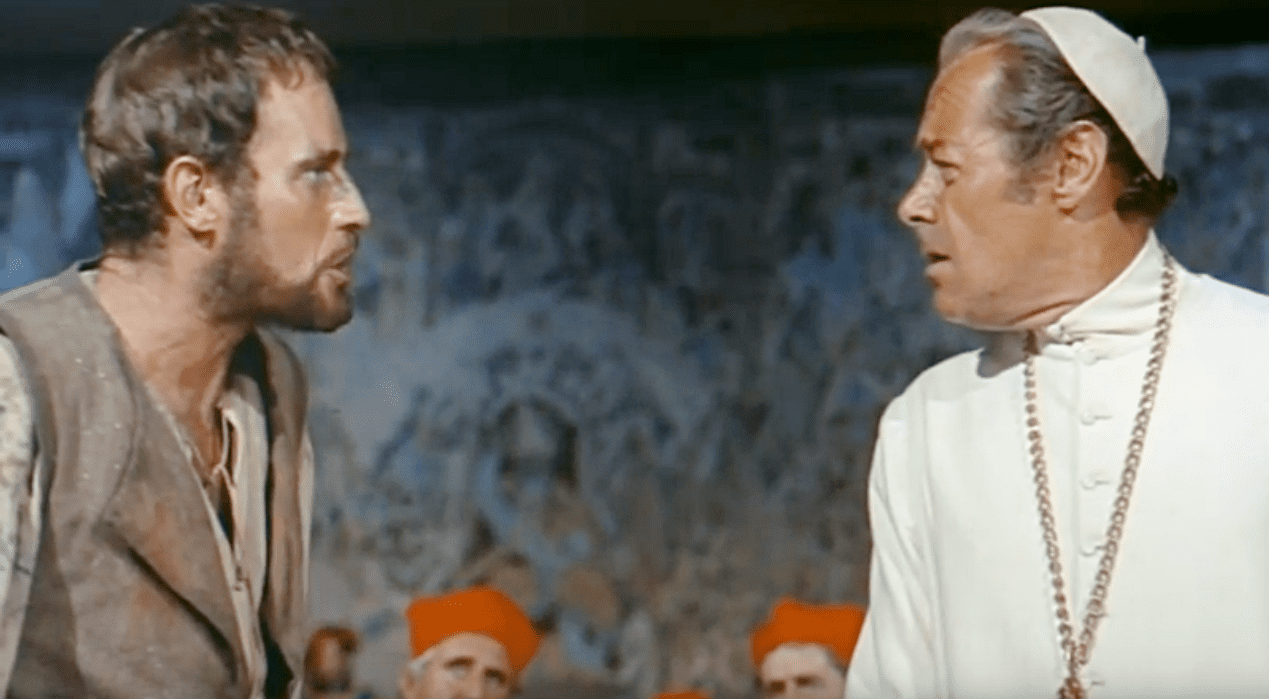 The Agony and the Ecstasy, Twentieth Century Fox
The Agony and the Ecstasy, Twentieth Century Fox
22. Writing From the Soul
Besides his painting and his sculpting, Michelangelo was also an accomplished and prolific poet. Over a hundred of his poems still exist today, and his themes cover a variety of topics such as sensuality, love, and spirituality.
23. Michelangelo the Anatomist
Besides his extensive artistic endeavors, Michelangelo was fascinated by dissections. Allegedly, he was even given a cadaver by a friend of his for his own personal studies!
24. Joke’s on You!
Speaking of Michelangelo’s interest in studying the human body, several scholars have noted that there is a subtle hint to that interest in his famous painting The Creation of Adam. If you look at the shape behind the image of God, they argue, it forms a highly accurate shape of the human brain. Michelangelo, of course, wouldn’t have been able to know how to imitate a brain’s shape so accurately if he hadn’t been so interested in dissections, which we should mention were highly illegal at the time.
That he would sneak a hint of dissection into one of the most religious paintings he ever made is nothing short of incredible!
25. Good as Gold
As you can imagine, Michelangelo was well paid for his work, but even then, he was an incredibly wealthy man. Aside from the handsome payments that he earned for his artwork, Michelangelo was also allegedly smart with investments and buying property. By the time of his passing, he left an estate that’s been calculated to be worth more than $50 million in today’s money.
26. Touchy Guy…
Although he was one of the greatest artists of all time, Michelangelo wasn’t the best conversationalist. He was known to abruptly leave conversations, sometimes mid-sentence, without any explanation or excuse. If you were to call him out for that, you also risked inflaming his very short temper, which was also known to flare up for any small reason.
27. It’s Possible
It’s been theorized that Michelangelo actually had some form of autism. The theory claims that since he was deeply antisocial, suffered from a volatile disposition, and was utterly obsessed with his craft, Michelangelo may have had high-functioning autism or perhaps Asperger’s syndrome. Of course, this is just a theory based on some of Michelangelo’s noted traits, and we’ll likely never know for sure.
28. Someone Has to be First!
Given how famous Michelangelo was, people naturally wanted to know more about him, especially in an era without the Internet to keep them up to speed. As a result, two biographies were written in his lifetime (one of these by Giorgio Vasari). It was the first time in recorded history that a Western artist lived long enough to read a biography written about them!
29. To Whom I Love
While a significant amount of the argument is admittedly speculation, there is nevertheless a large quantity of written material which supports the theory that Michelangelo had a non-heterosexual orientation. Though we’ll never prove if he had physical relationships with men or women, an overwhelming percentage of his surviving poems are highly romantic in nature and addressed to men such as Cecchino dei Bacci and Tommaso dei Cavalieri.
30. Not to Be Silenced
In case you think that our modern eyes are imposing romantic feelings upon Michelangelo’s poems to his male “friends,” it wasn’t us who noticed the sensual nature of his writing. Michelangelo’s grandnephew was so freaked out by the homoerotic nature of Michelangelo’s work that when he published the poems, he had all the pronouns switched around, so it seemed like Michelangelo was writing to women.
Luckily, writer John Addington Symonds discovered the truth in 1893 as he was translating the poems into English. As a result, the original meaning of Michelangelo’s writing was preserved and remembered as he’d originally written his work.
31. Goodbye, Il Divino
Michelangelo died on February 18, 1564, in Rome. At the time of his passing, he was just three weeks away from his 89th birthday.
32. What a Guy!
Contrary to popular belief, Michelangelo didn’t paint the Sistine Chapel’s ceiling while lying down. Instead, he painted while standing upright on a platform which extended across the ceiling. It’s worth noting that this meant he was never able to look at any more than a few inches of the ceiling at a time, so the fact that he was able to do such an incredible job speaks volumes to his talent!
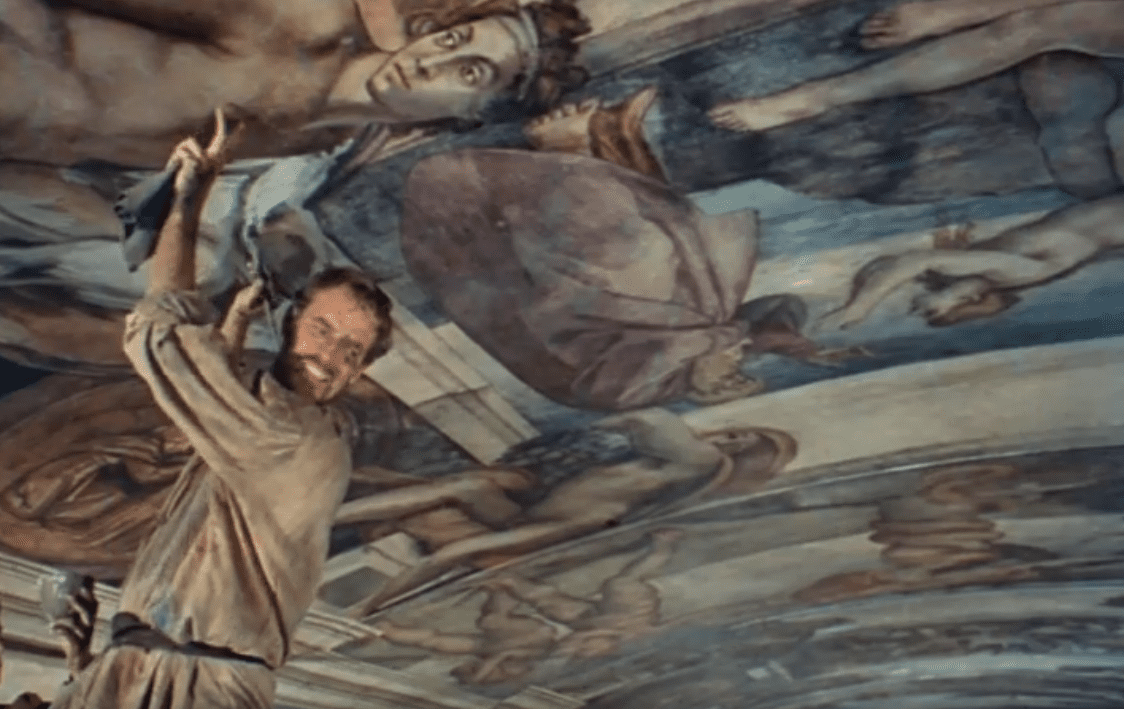 The Agony and the Ecstasy, Twentieth Century Fox
The Agony and the Ecstasy, Twentieth Century Fox
33. “Divine” Intervention
Even in retirement, Michelangelo was in too high demand to give up his vocation. At the age of 74, the old artist was brought in to “save” the never-ending work-in-progress that was St. Peter’s Basilica in the Vatican City. After enough begging, Michelangelo agreed to come out of retirement and take charge of the construction.
34. Sounds Like it was Worthwhile!
After 14 years of working on St. Peter's, Michelangelo had still not finished, and his death at the age of 88 made it impossible for him to complete work on the Basilica. However, Michelangelo’s work paid off in the long run, and the iconic church, with its vast dome, remains an architectural marvel. Just ask any of the thousands of pilgrims who still go to see it every year!
35. In Good Company
Following Michelangelo’s wish to be laid to rest in Florence, his body was taken from Rome and interred in the Basilica of Santa Croce. Other famous historical figures who rest within this church are Gioachino Rossini, Galileo Galilei, and Niccolò Machiavelli.
36. Imagine What They’d Be Worth Now!
Despite the thousands of drawings and sketches that Michelangelo made in his lifetime, only about 600 of them survive today. Given how valued his art is, one might wonder what could possibly have happened to all that priceless evidence of a genius’s work. The answer is that Michelangelo cheerfully burned most of his sketches within his own lifetime!
Historians are still unsure as to why he did it, with vanity being one explanation that’s offered.
37. That is Disgusting!
For all that he was in demand as an artist, Michelangelo was the kind of guy you’d cross the street to avoid. We are talking, of course, about his personal hygiene problem—in that he had no personal hygiene. Even for a time period when bathing was a luxury and not deemed important, people complained about how little Michelangelo washed himself.
He was also terrible about changing out of his clothes. According to an assistant of his, Michelangelo would spend so much time wearing his shoes without ever taking them off that when he finally did take off his footwear, “the skin came away, like a snake’s, with the boots". Excuse us while we go vomit.
38. What a Twist!
While it’s always been assumed that the Pieta depicts Jesus and his mother, Mary, some have brought up the oddity of why Mary looks younger than her own son. These suspicions were given newfound standing in 2010, when a terracotta prototype for the famous statue was discovered in Rome. Interestingly, the prototype features Cupid, the famous figure associated with love.
This has led to a theory that it isn’t the Virgin Mary being depicted in the Pieta, but rather Mary Magdalene, and she is being depicted as Jesus’ grief-stricken lover. This theory is, of course, hotly disputed, but it is nevertheless an intriguing idea.
39. Everyone’s a Critic!
In case you thought that people freaking out about things they consider to be “inappropriate” is only limited to the 21st century, you are deeply underestimating the human race. While Michelangelo was painting the ceiling of the Sistine Chapel, there was a major outcry amongst some circles of the time concerning all the nakedness that Michelangelo was putting into the painting.
Pope Paul III was confronted by his master of ceremonies, Biagio da Cesena, over the fact that Michelangelo’s masterpiece was “no work for a papal chapel but rather for the public baths and taverns". Ouch!
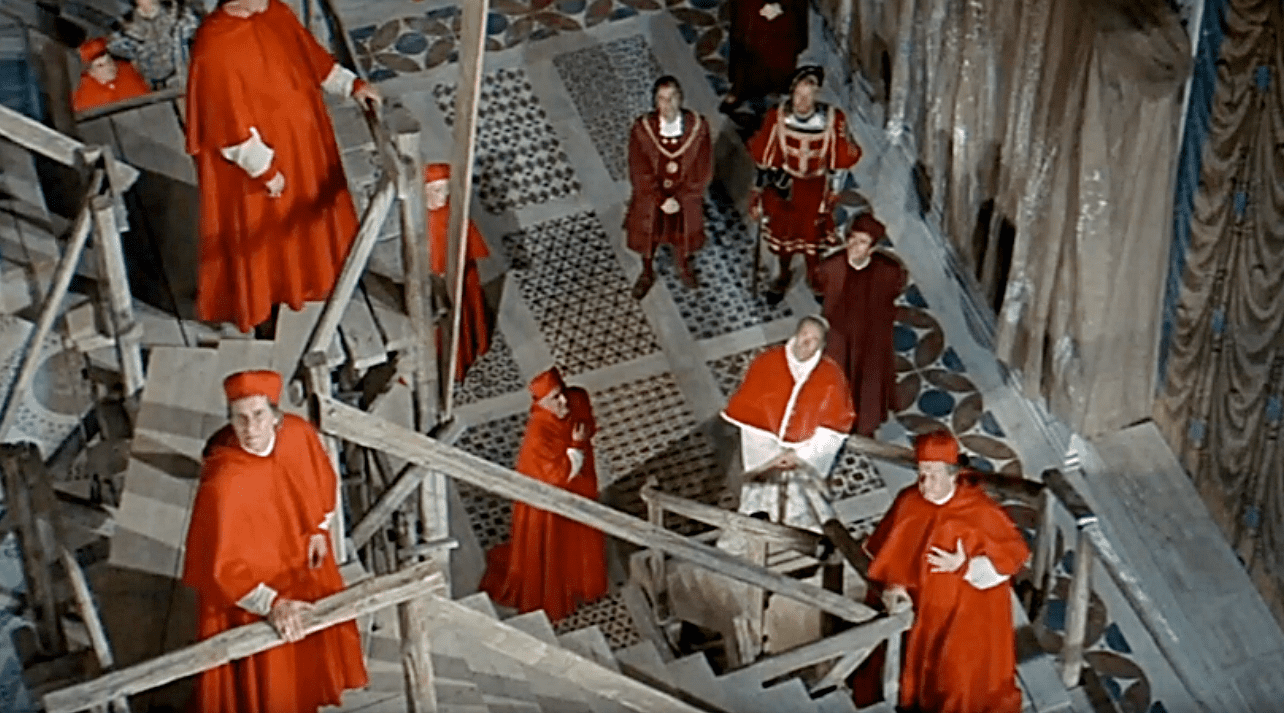 The Agony and the Ecstasy, Twentieth Century Fox
The Agony and the Ecstasy, Twentieth Century Fox
40. The Last Judgment? I Call it the Last Laugh!
You might be wondering what Michelangelo himself thought of Biagio da Cesena’s accusations that The Last Judgment was too vulgar of a painting for the Sistine Chapel. Well, it turns out that Michelangelo decided to insert de Cesena into the painting! His image exists in this incredible work of art…as a demon with donkey ears.
To add insult to injury, Michelangelo made sure to cover de Cesena’s manhood (can’t offend the man’s sensibilities after all) and he did so by having a snake bite the entire thing whole. We’re guessing Michelangelo walked away as the winner.
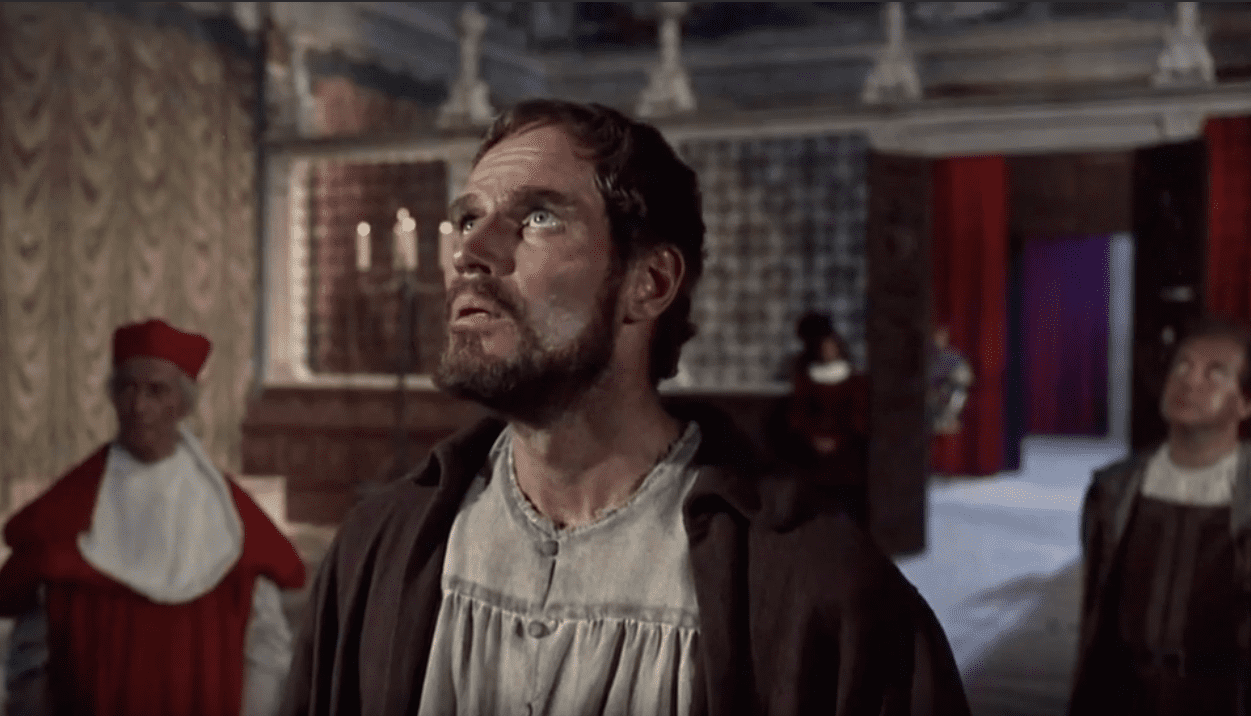 The Agony and the Ecstasy, Twentieth Century Fox
The Agony and the Ecstasy, Twentieth Century Fox
41. What a Piece of Work!
More than 40 years before Michelangelo ever carved the statue of David, a marble slab nicknamed “the Giant” was quarried. However, it was unclaimed for decades because it was deemed too long and slender, and it wasn't of the highest quality. By the time Michelangelo chose it for his next artwork, the slab was deteriorating, rough-looking, and already marked by chisels.
42. On Borrowed Time
Despite anyone’s skepticism, Michelangelo was convinced that he’d make a masterpiece out of that old marble slab. The result was, of course, the 17-foot masterpiece known as David. However, there was a serious downside to Michelangelo’s choice of rock: Analyses of the statue indicate that it is deteriorating at an alarming rate. See it while you can!
Sources: 1, 2, 3, 4, 5, 6, 7, 8, 9, 10, 11, 12, 13, 14, 15, 16, 17, 18


